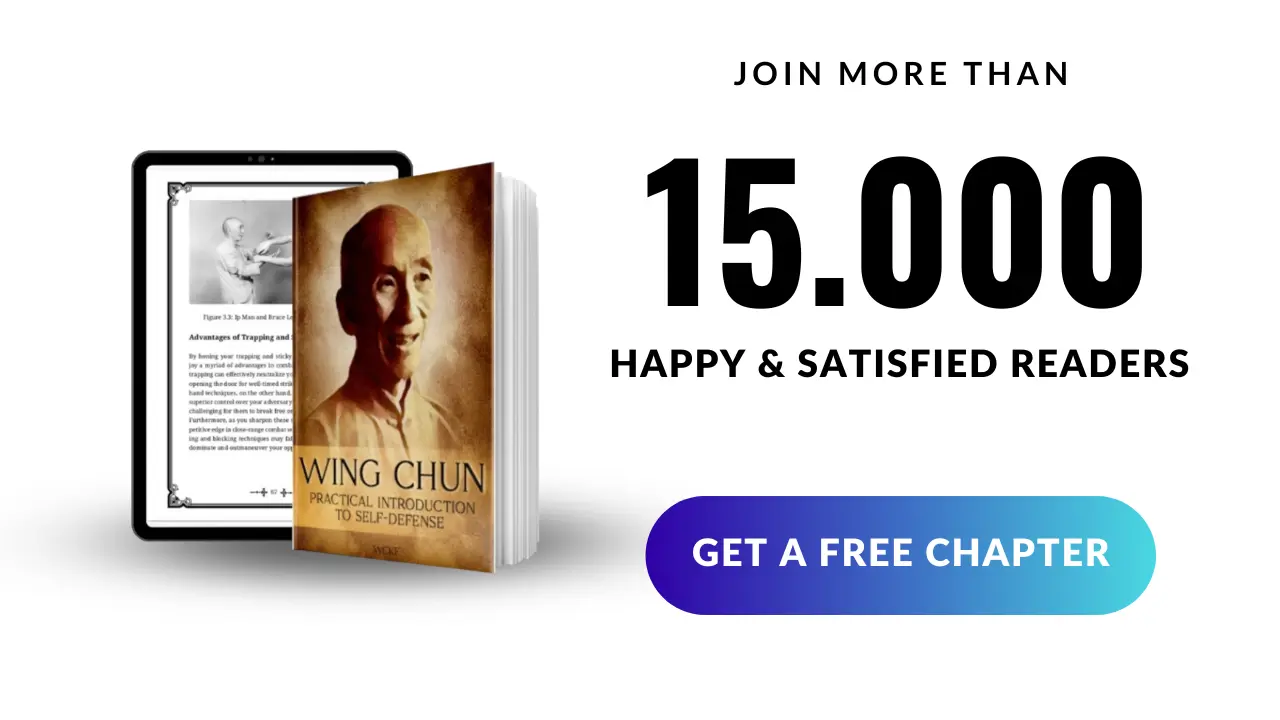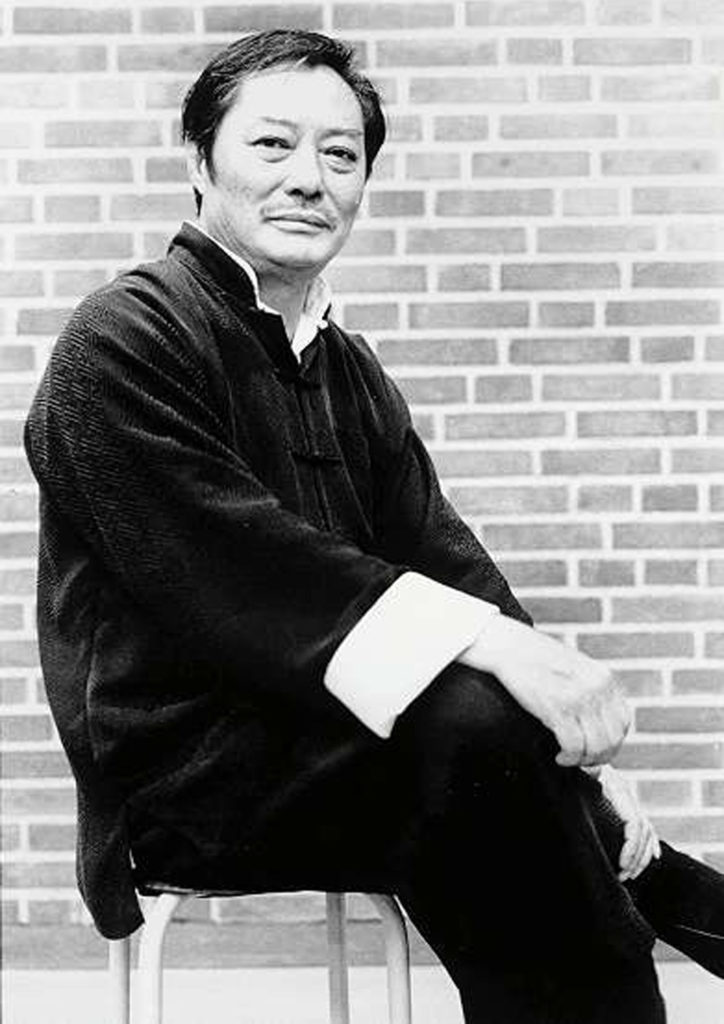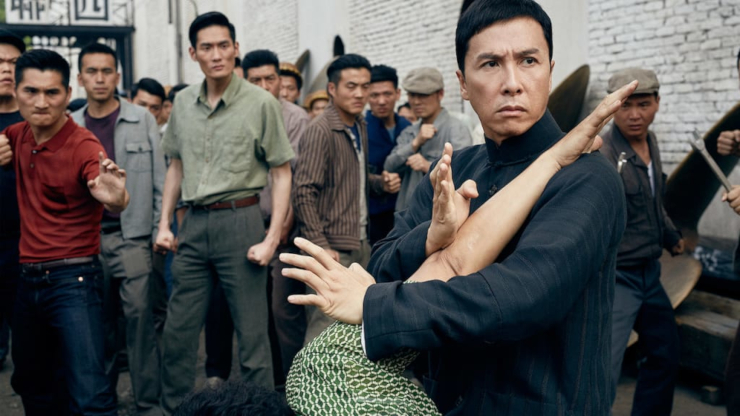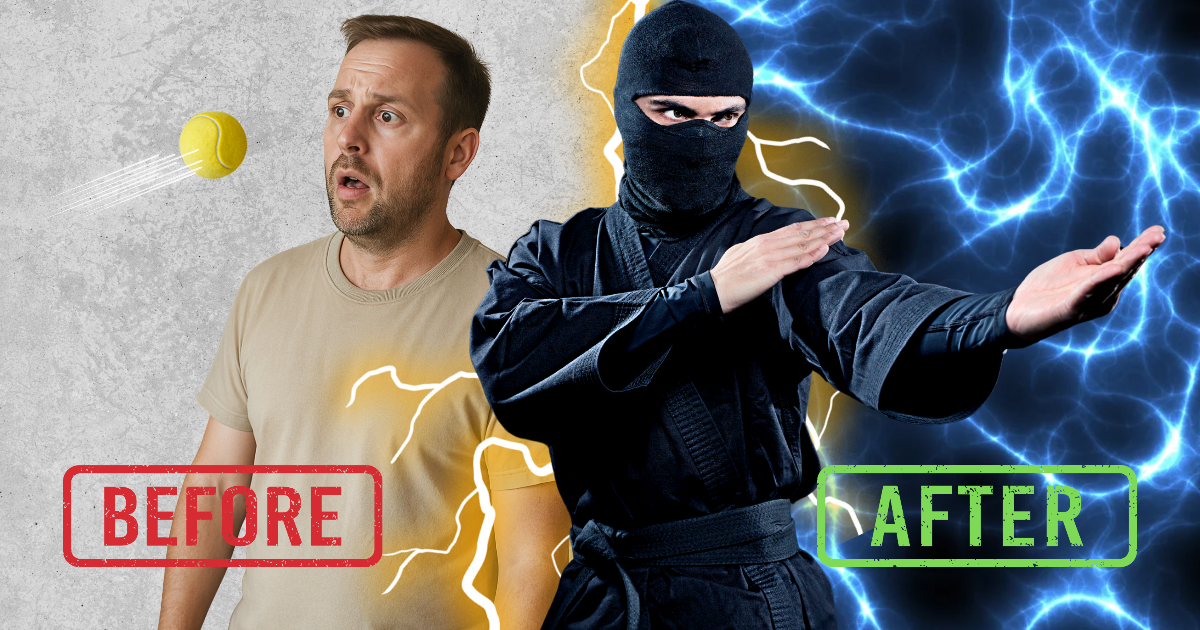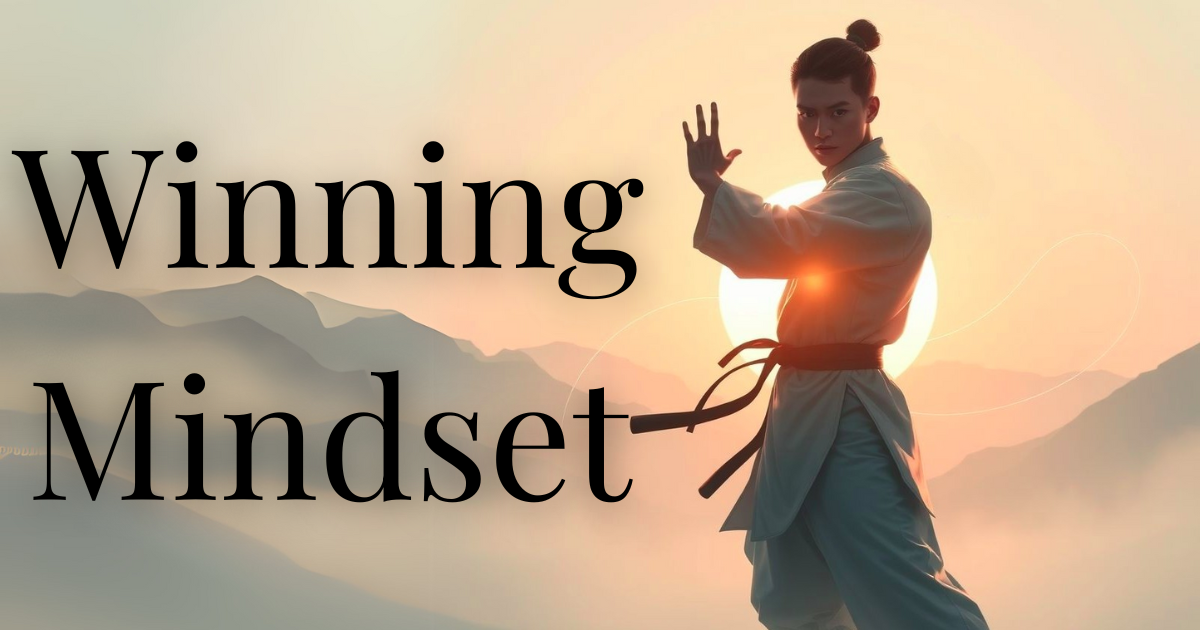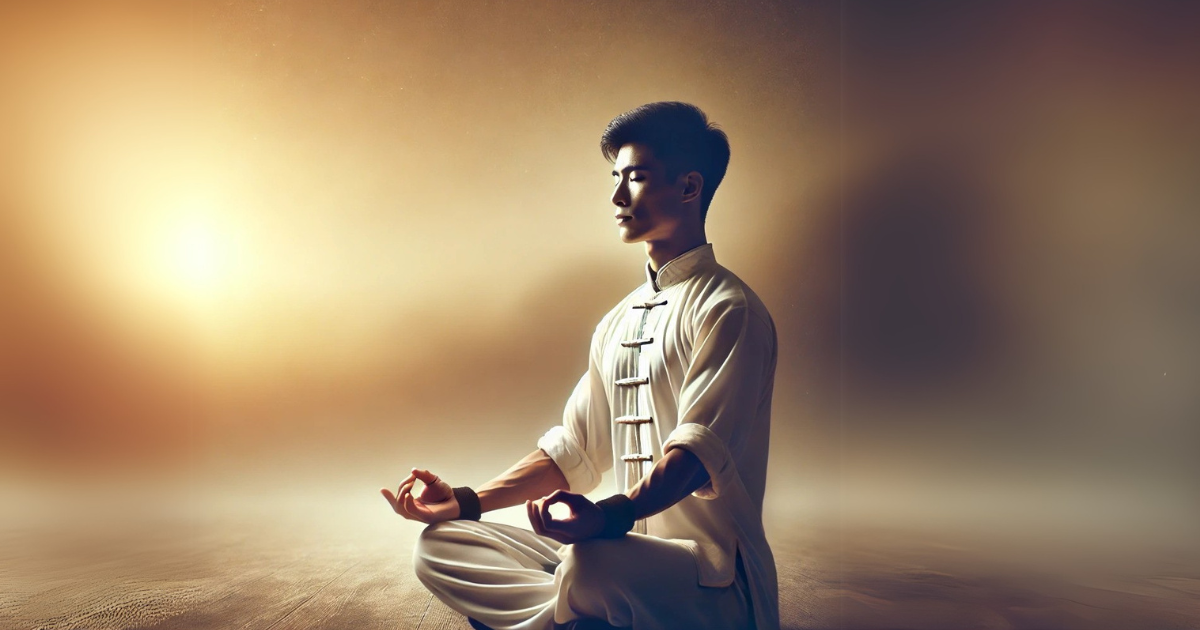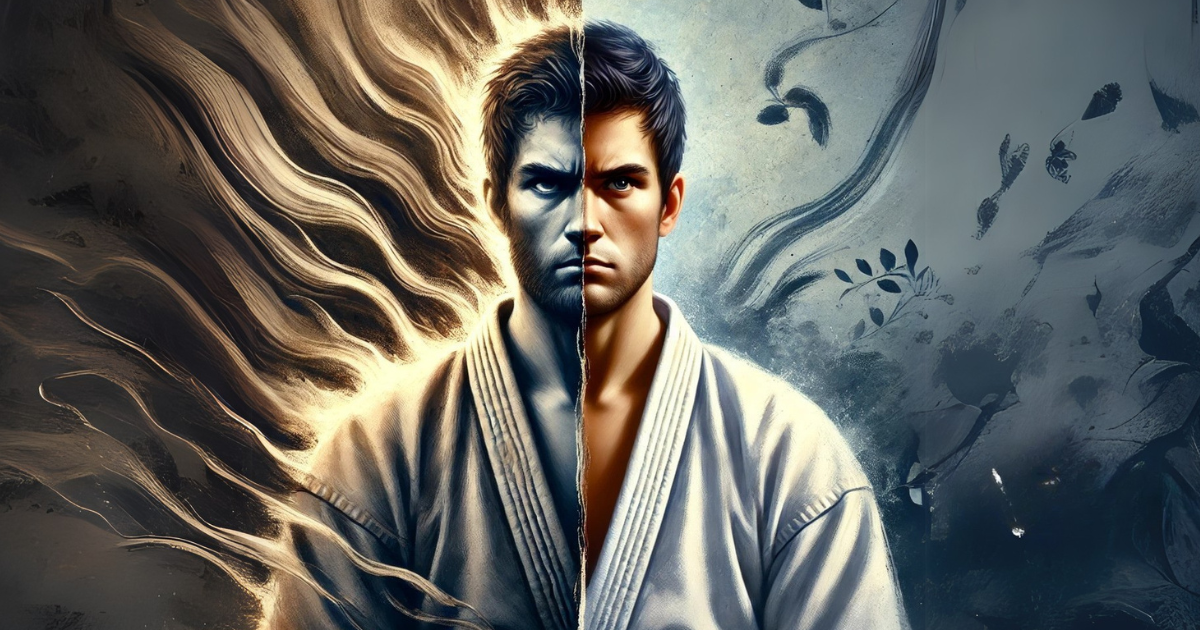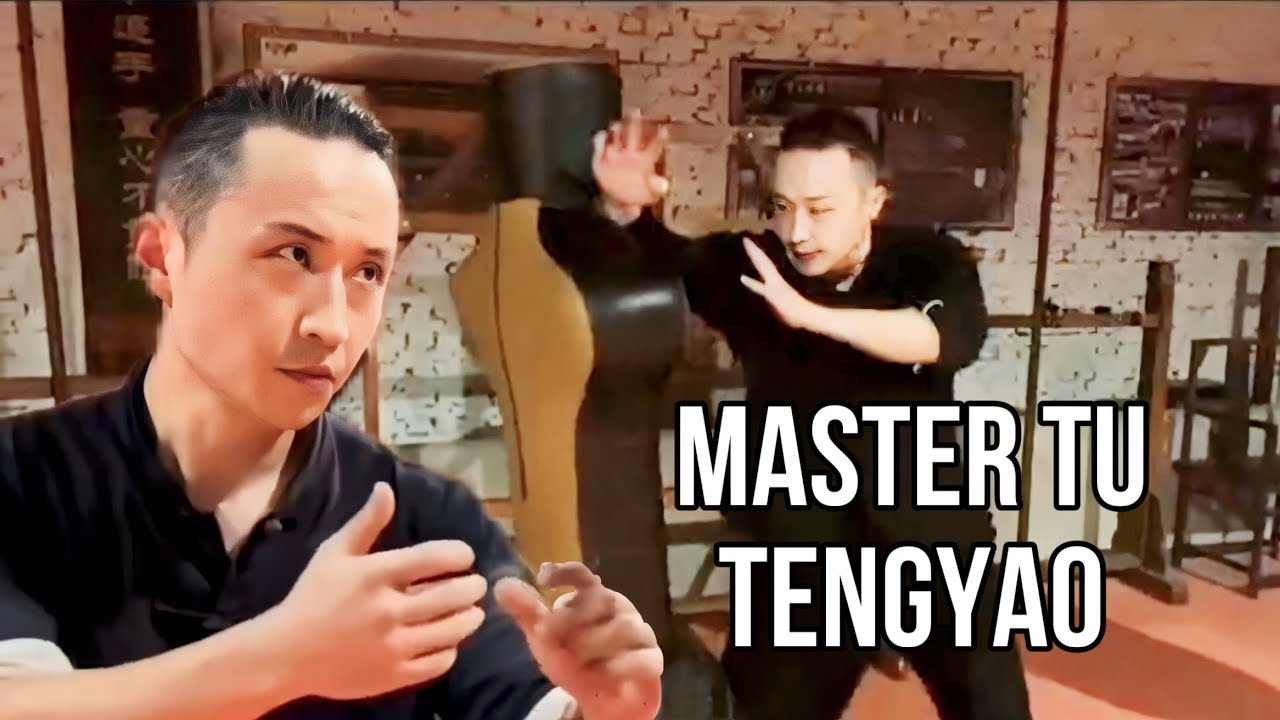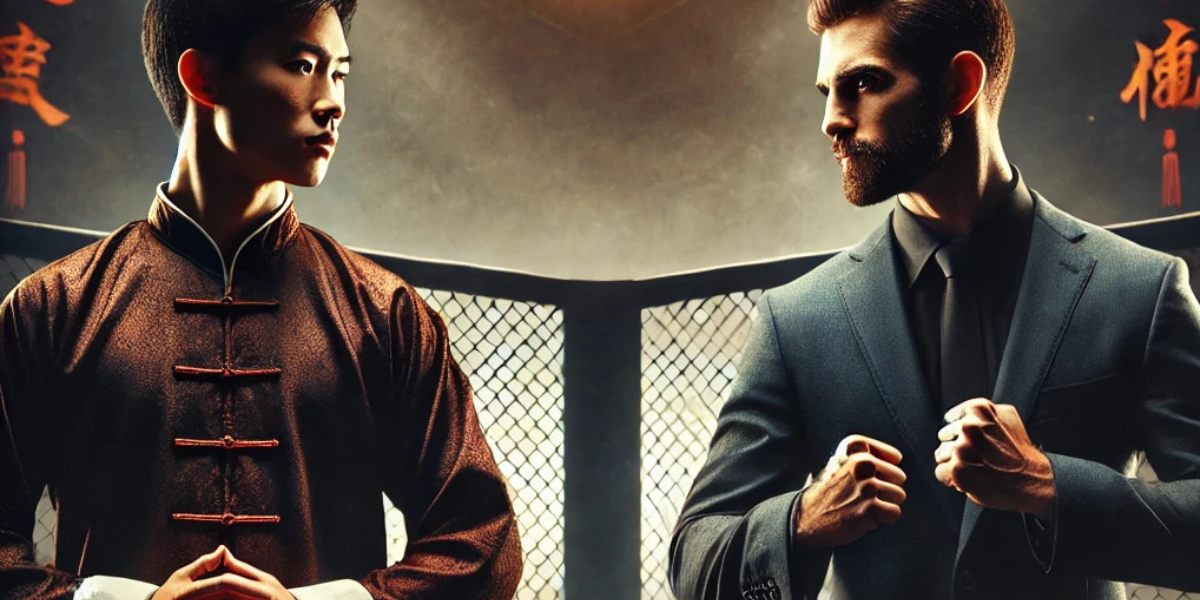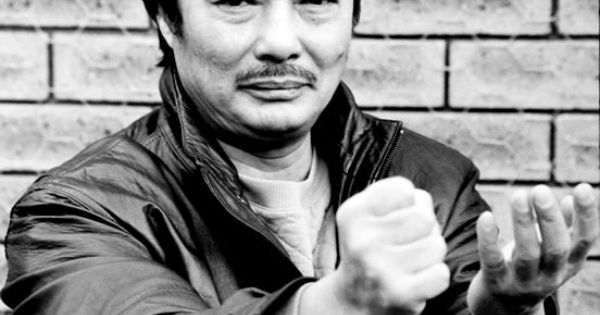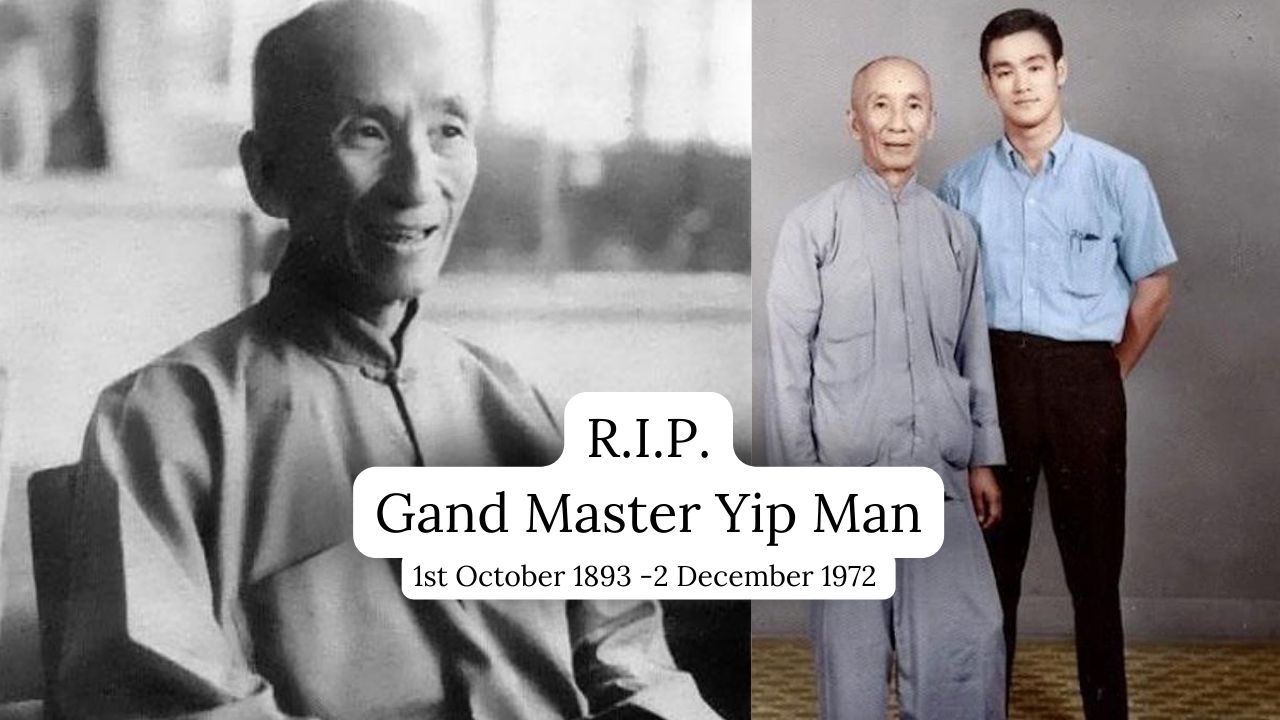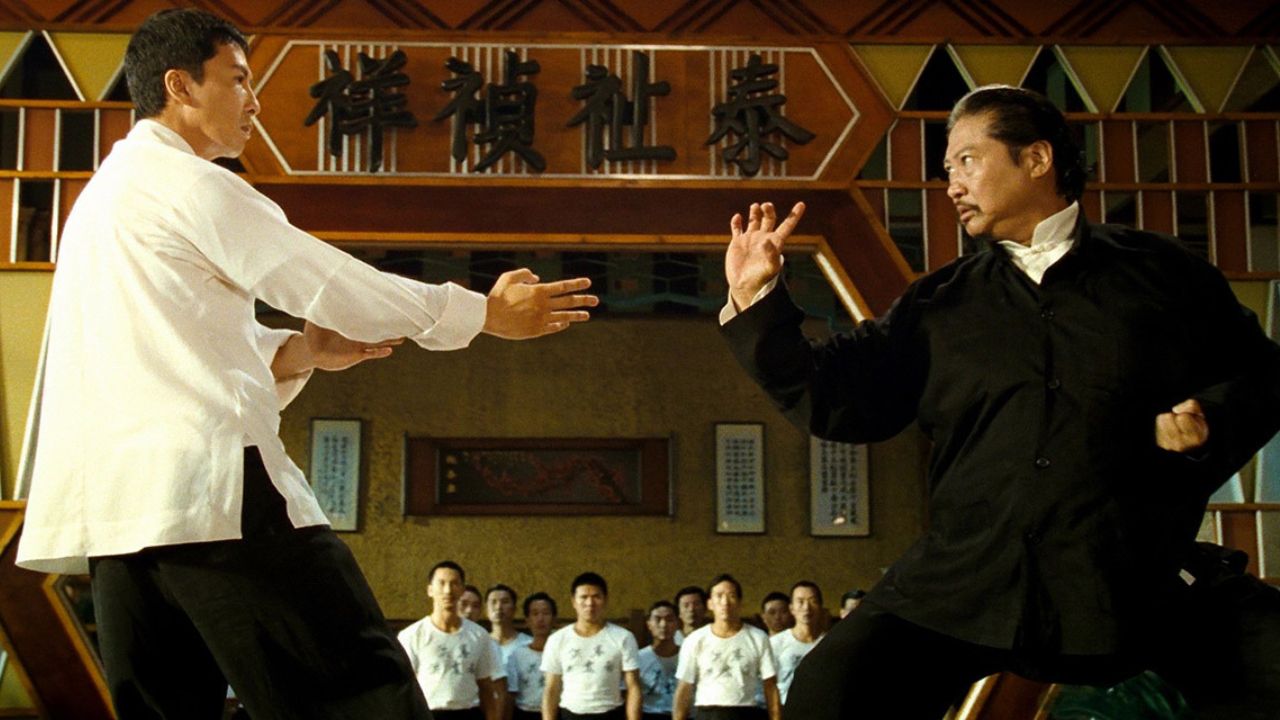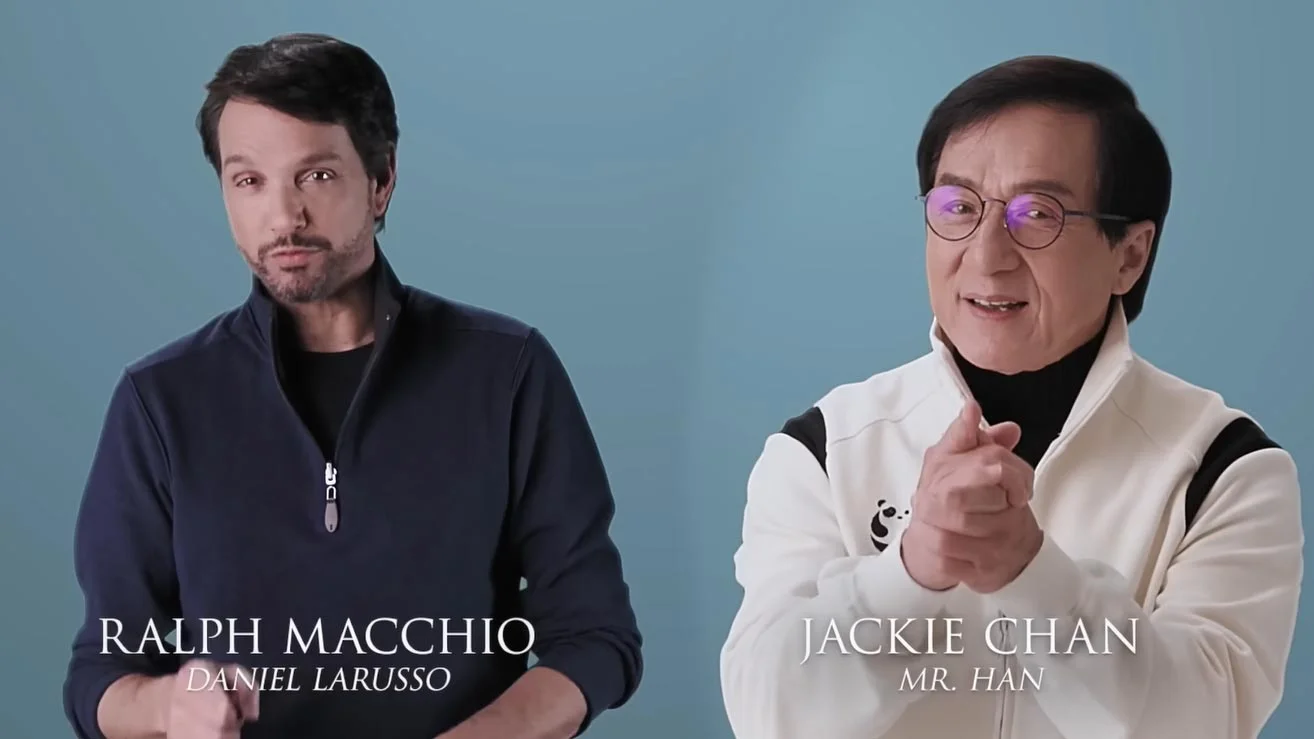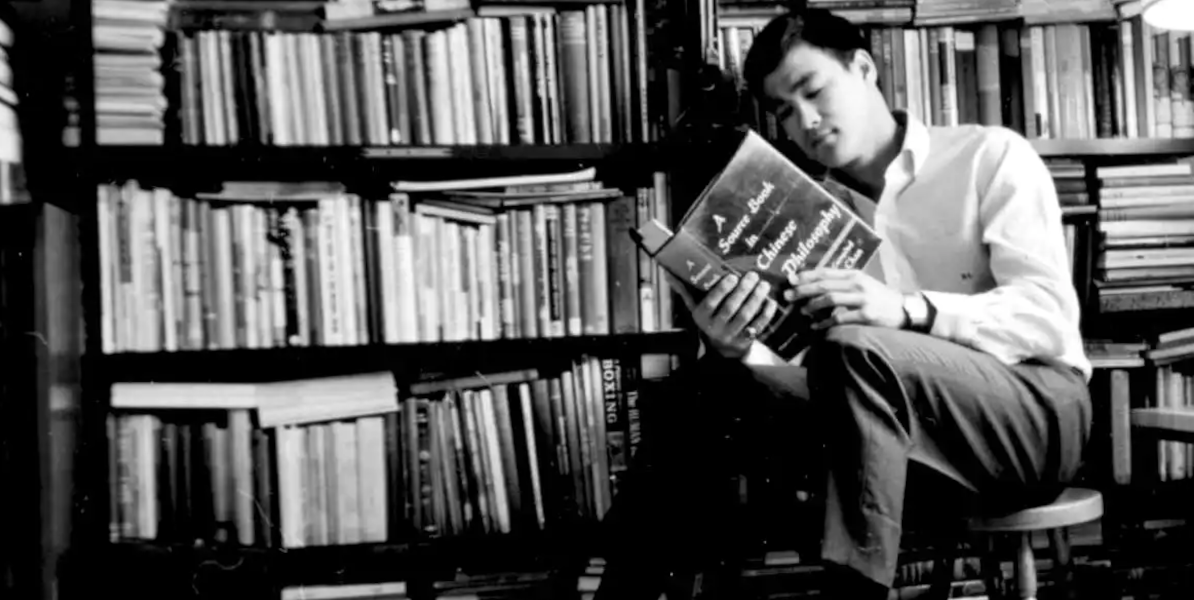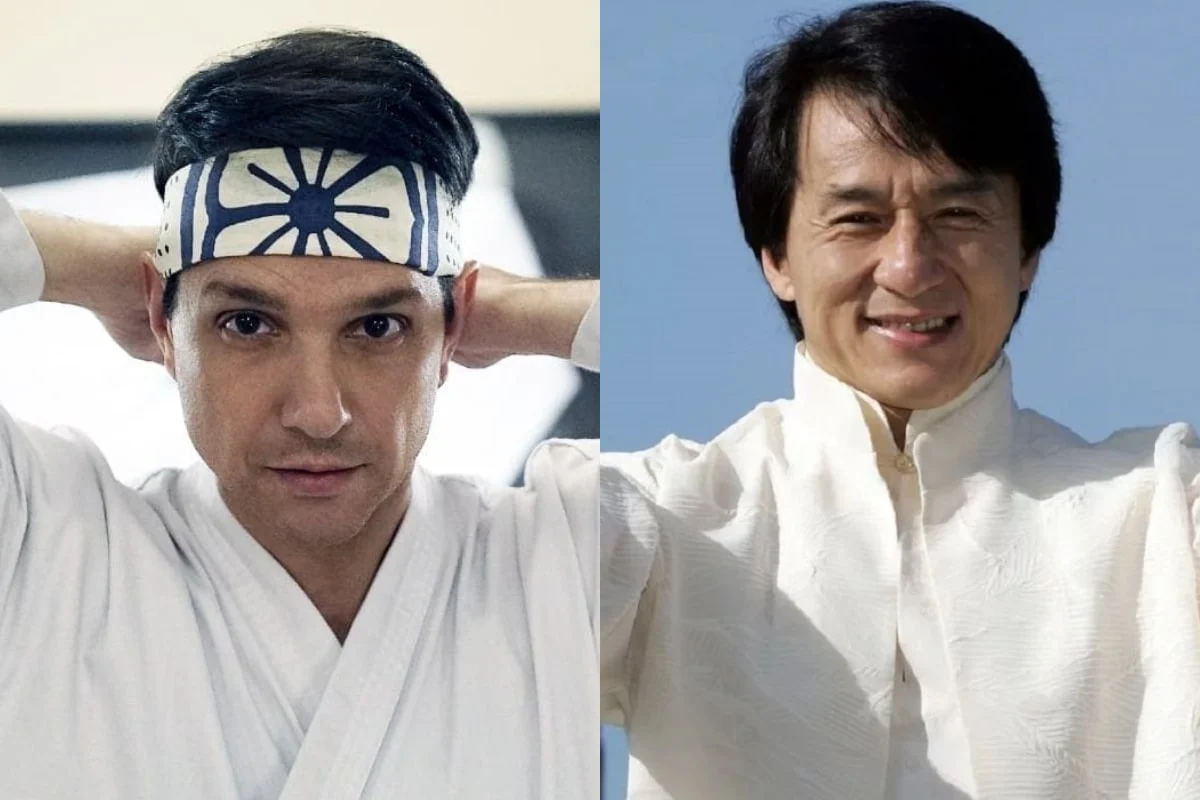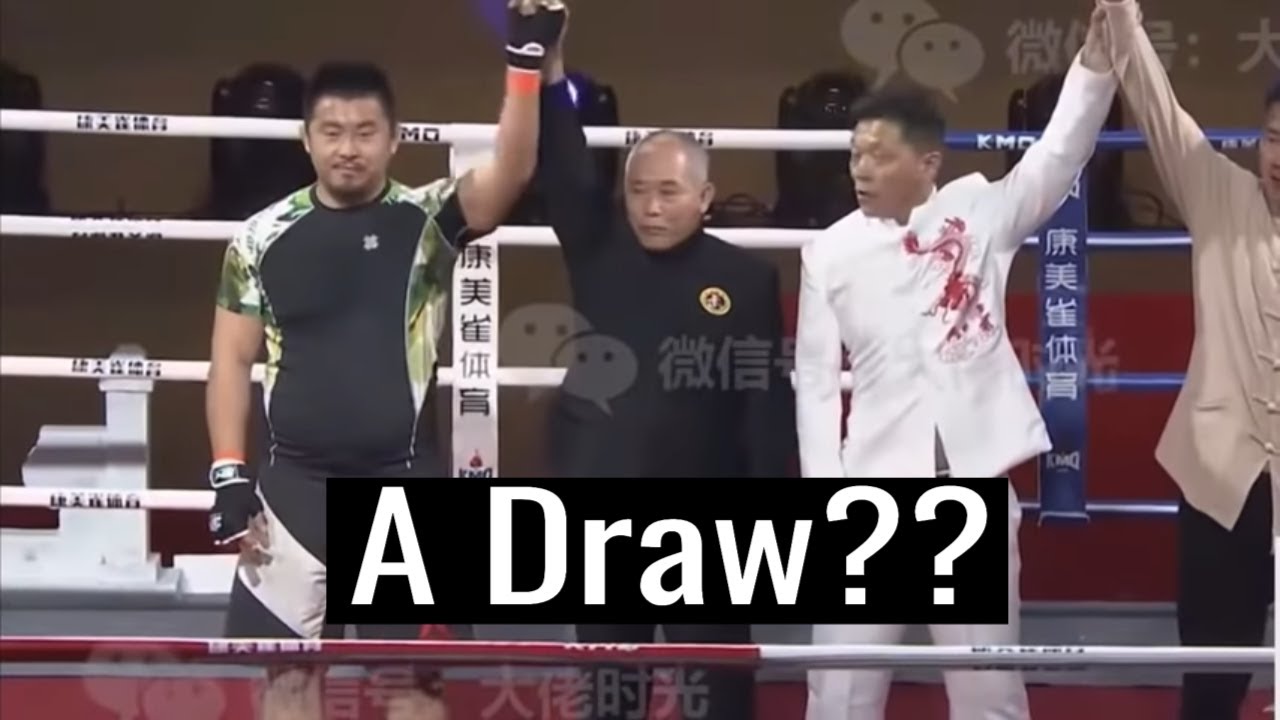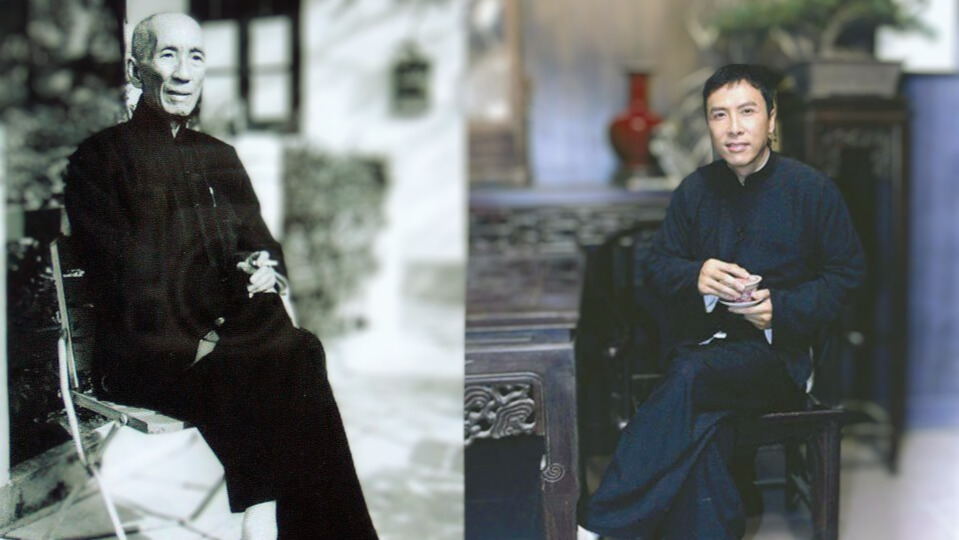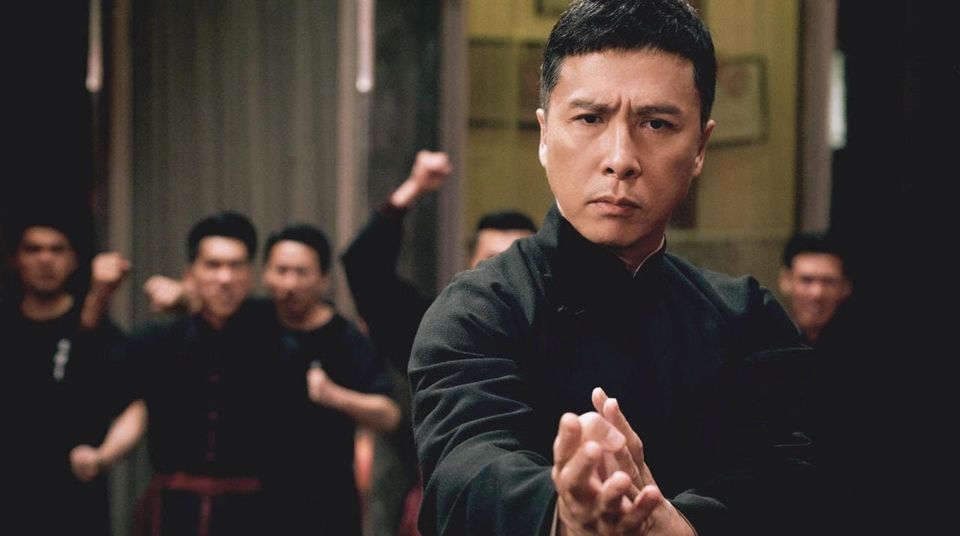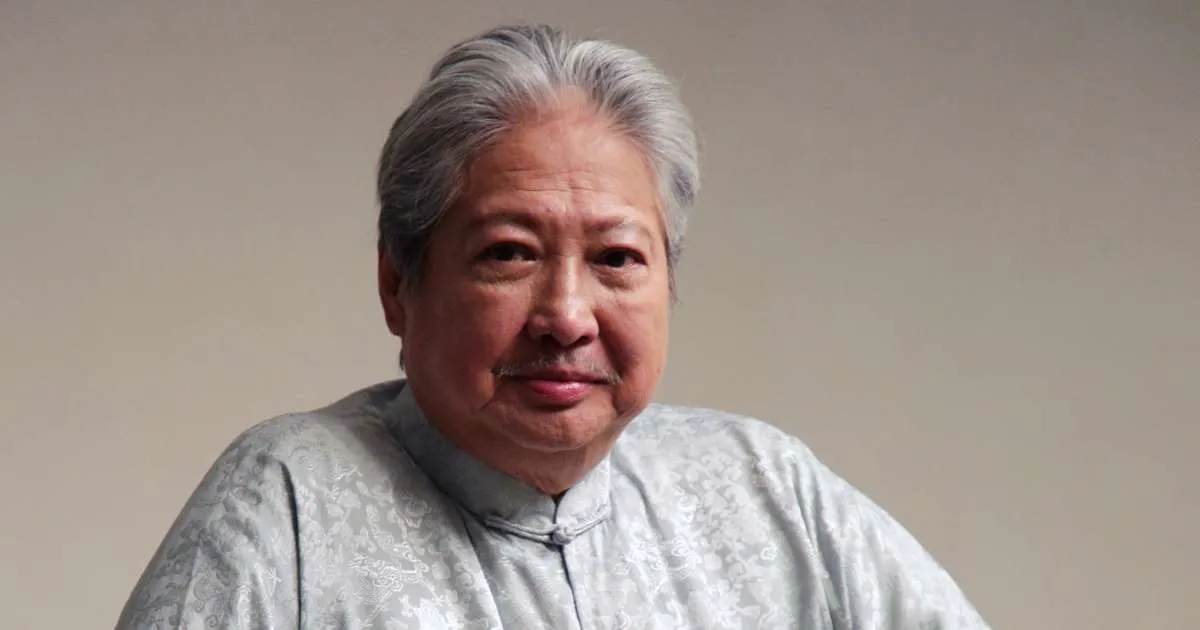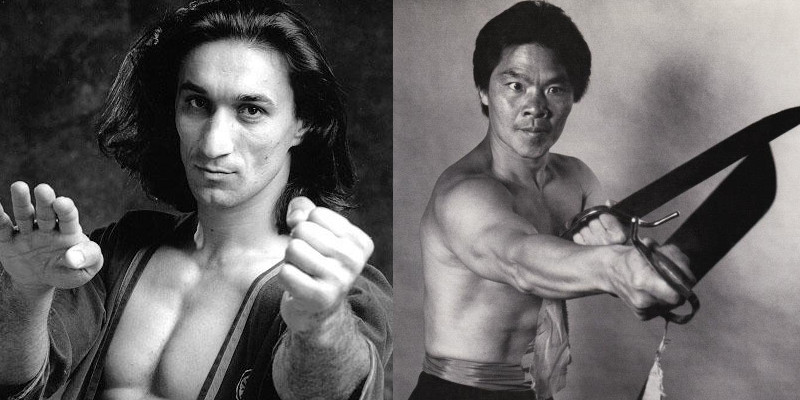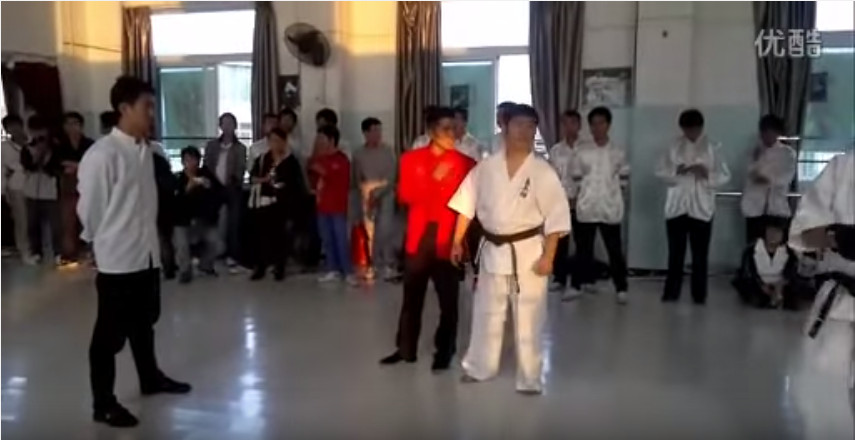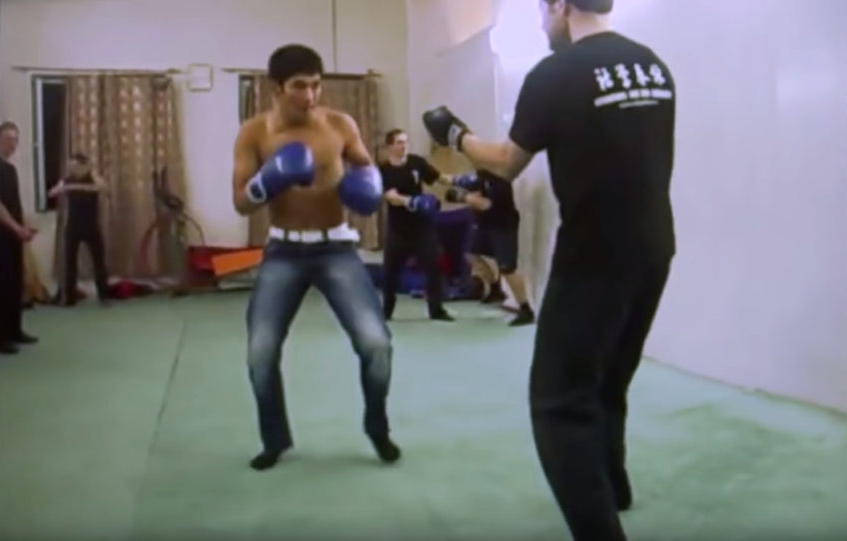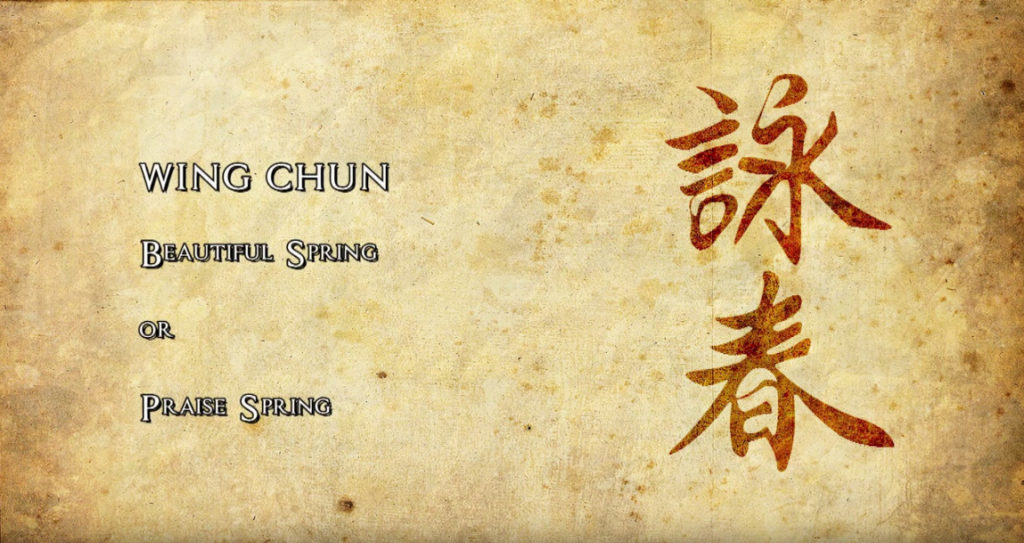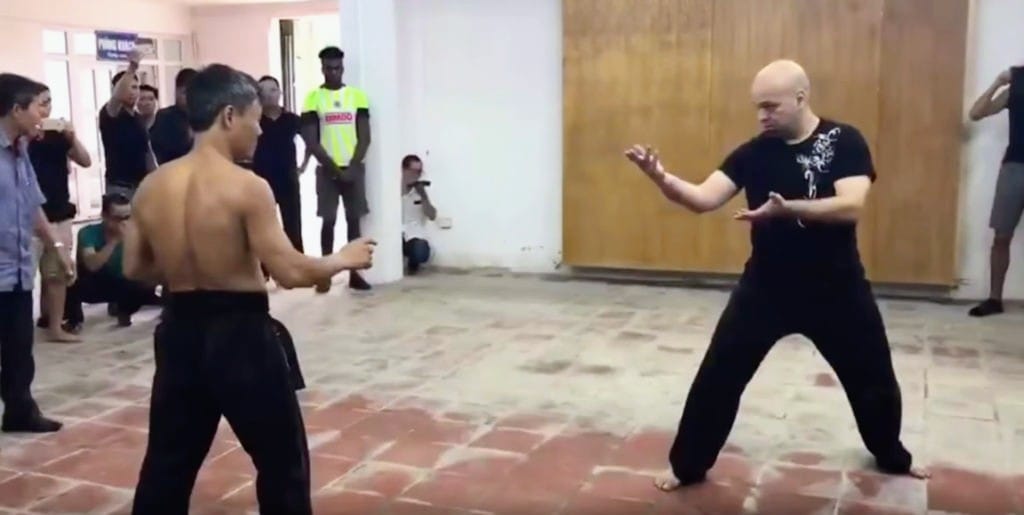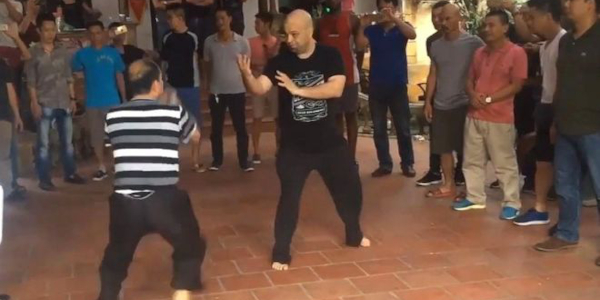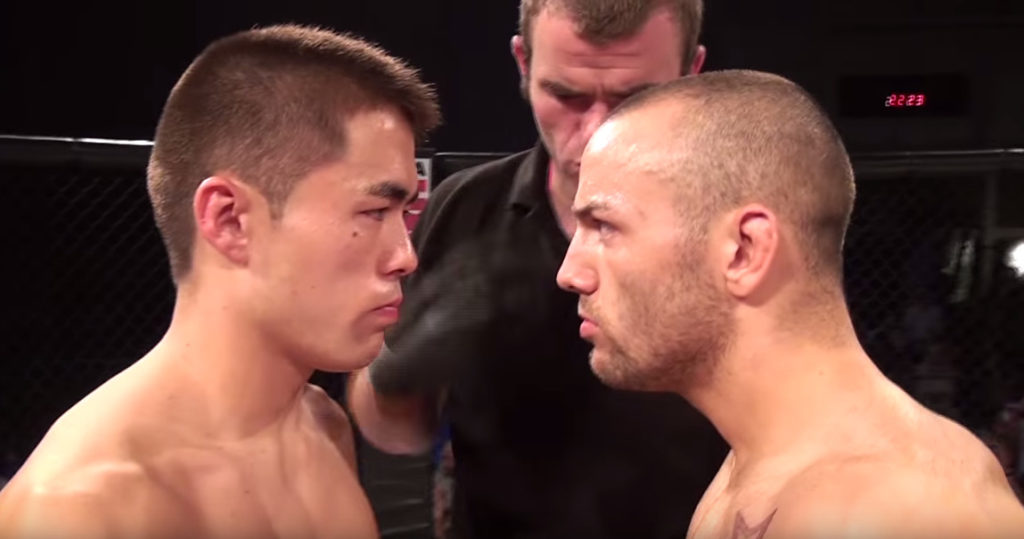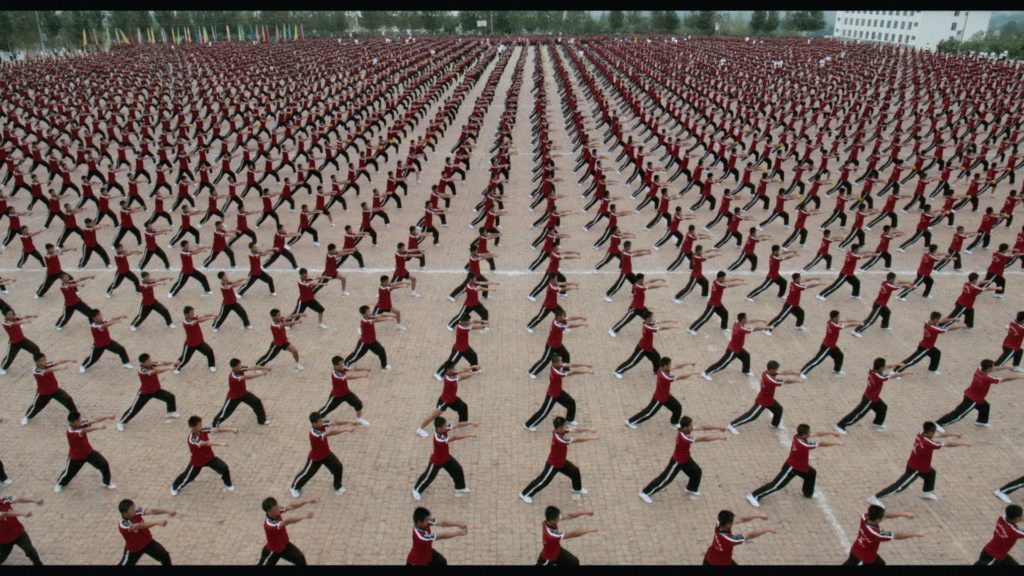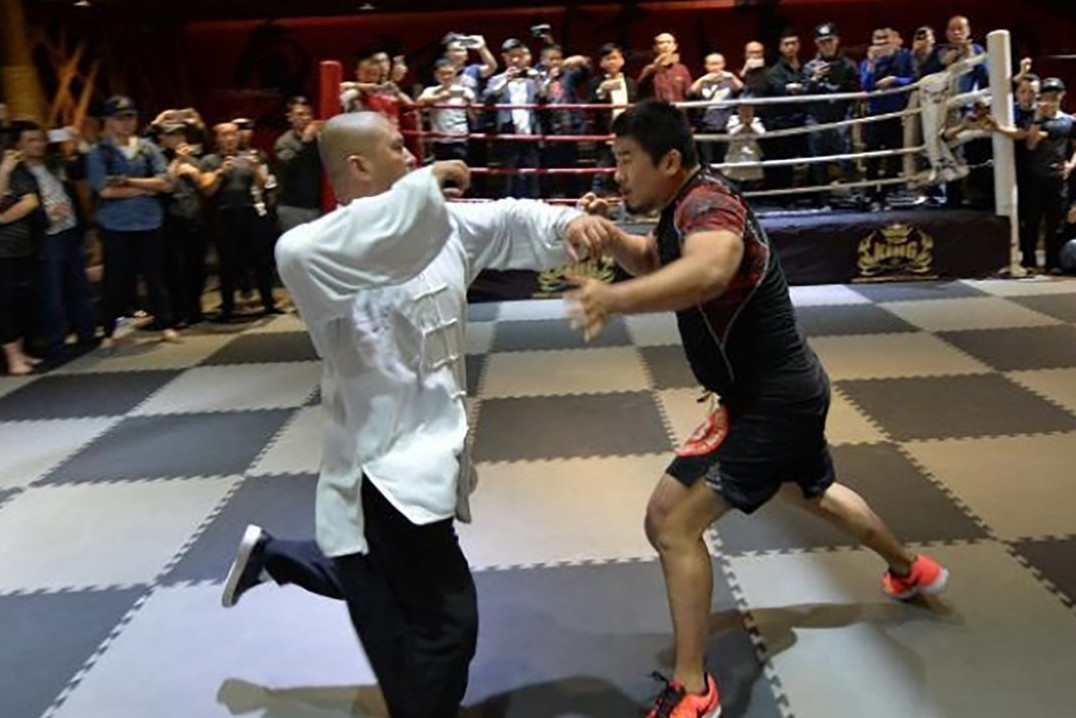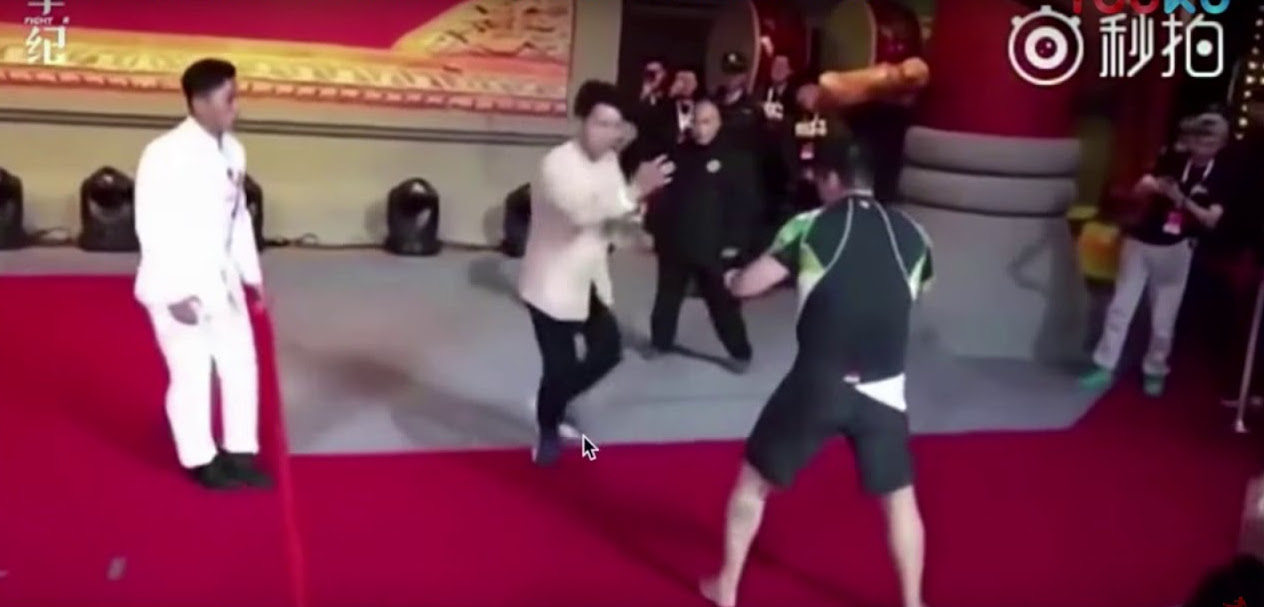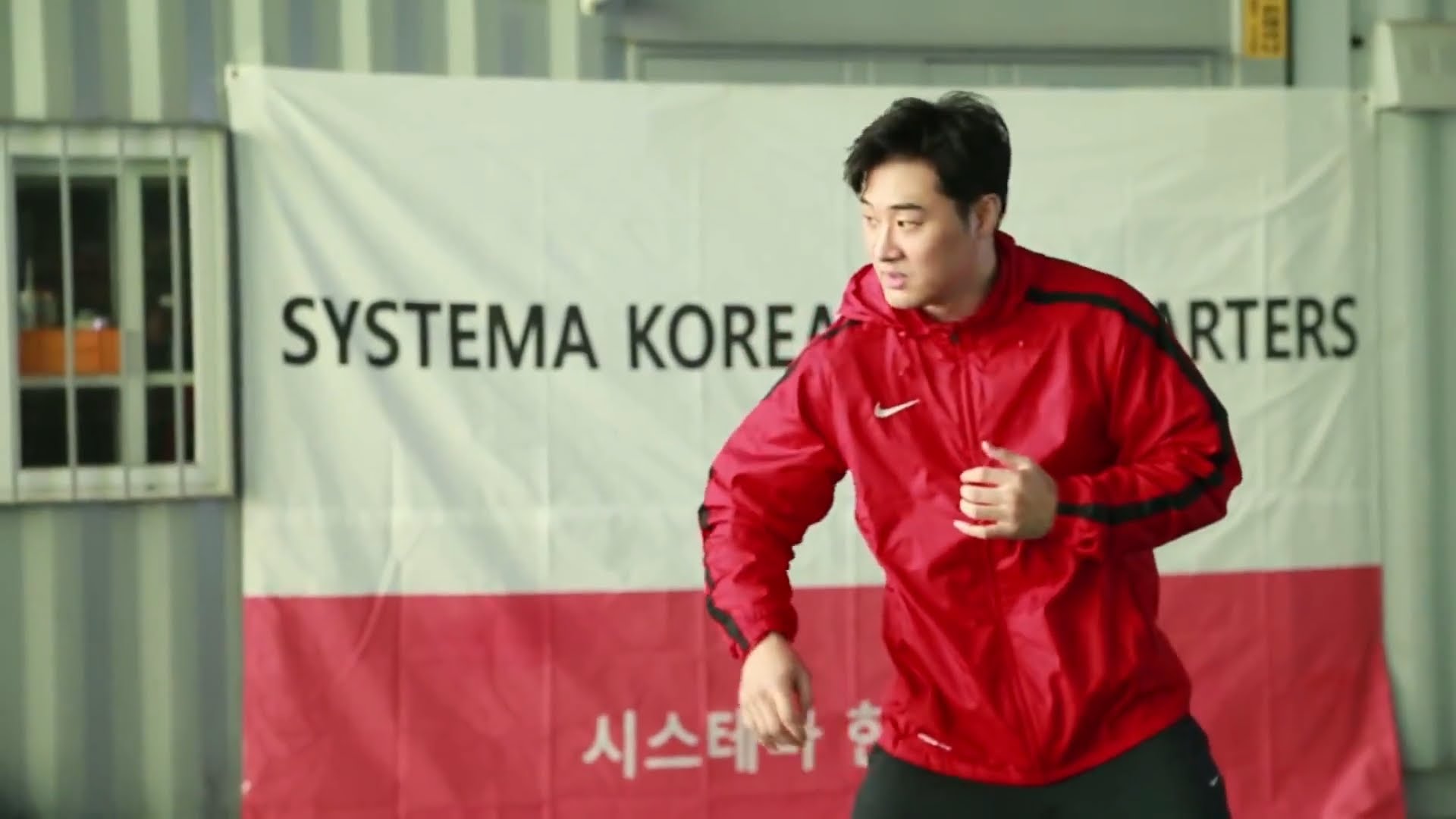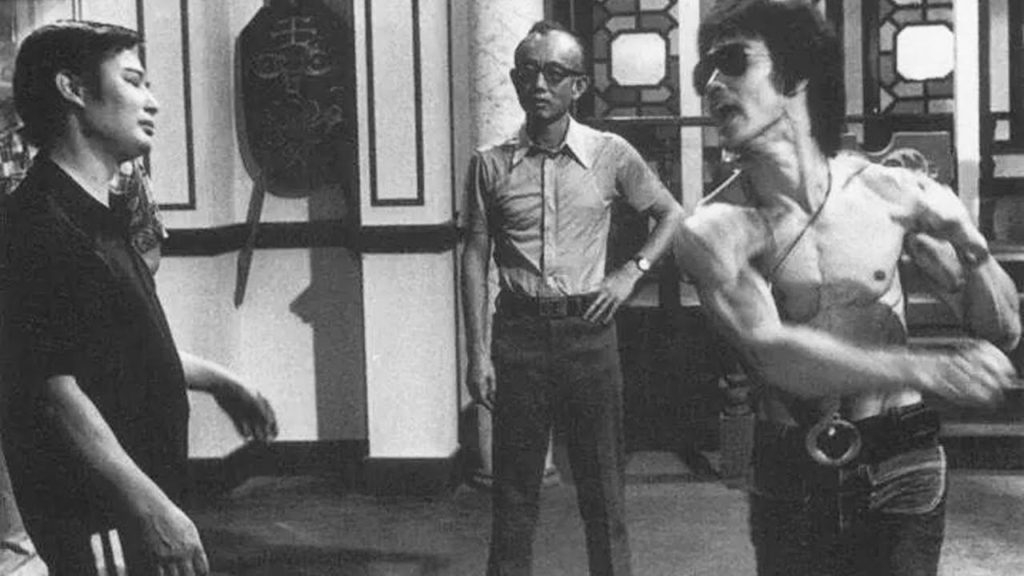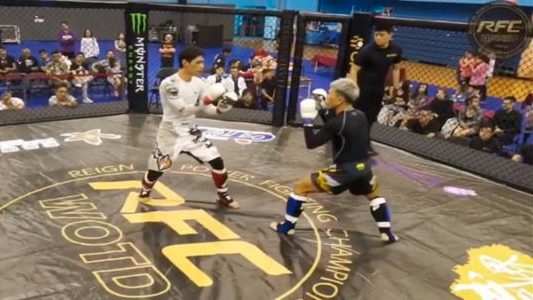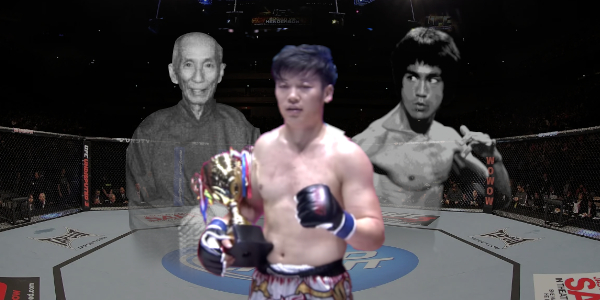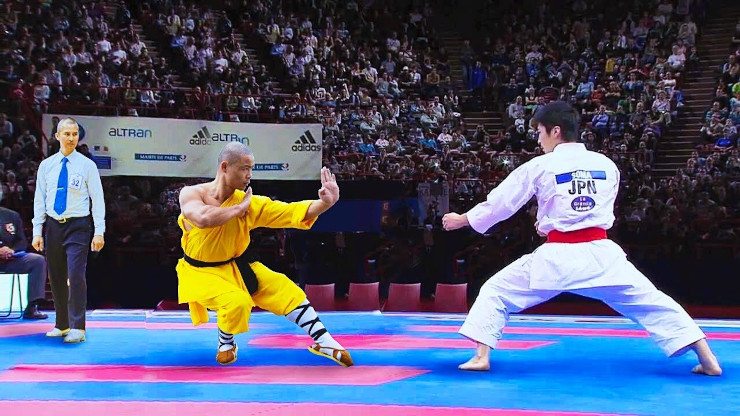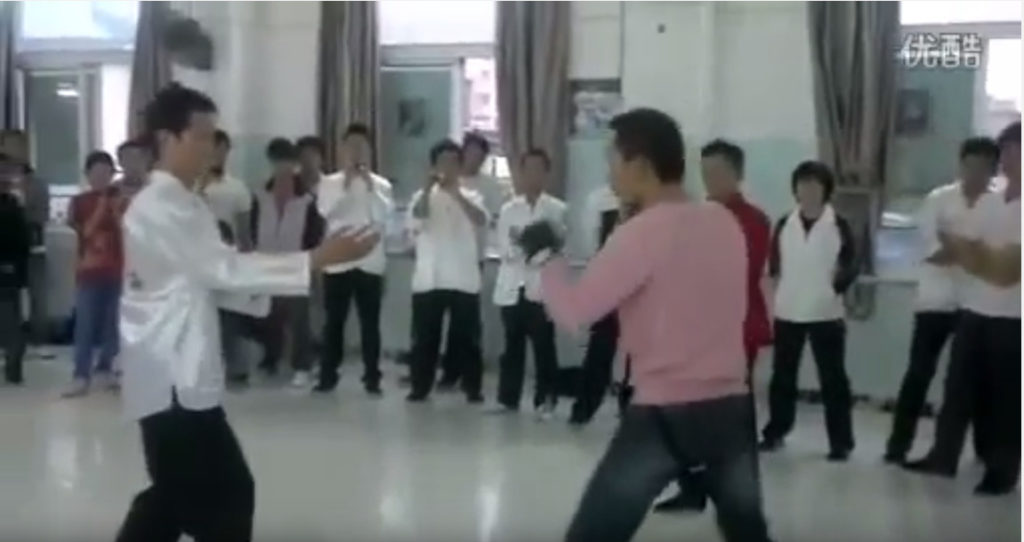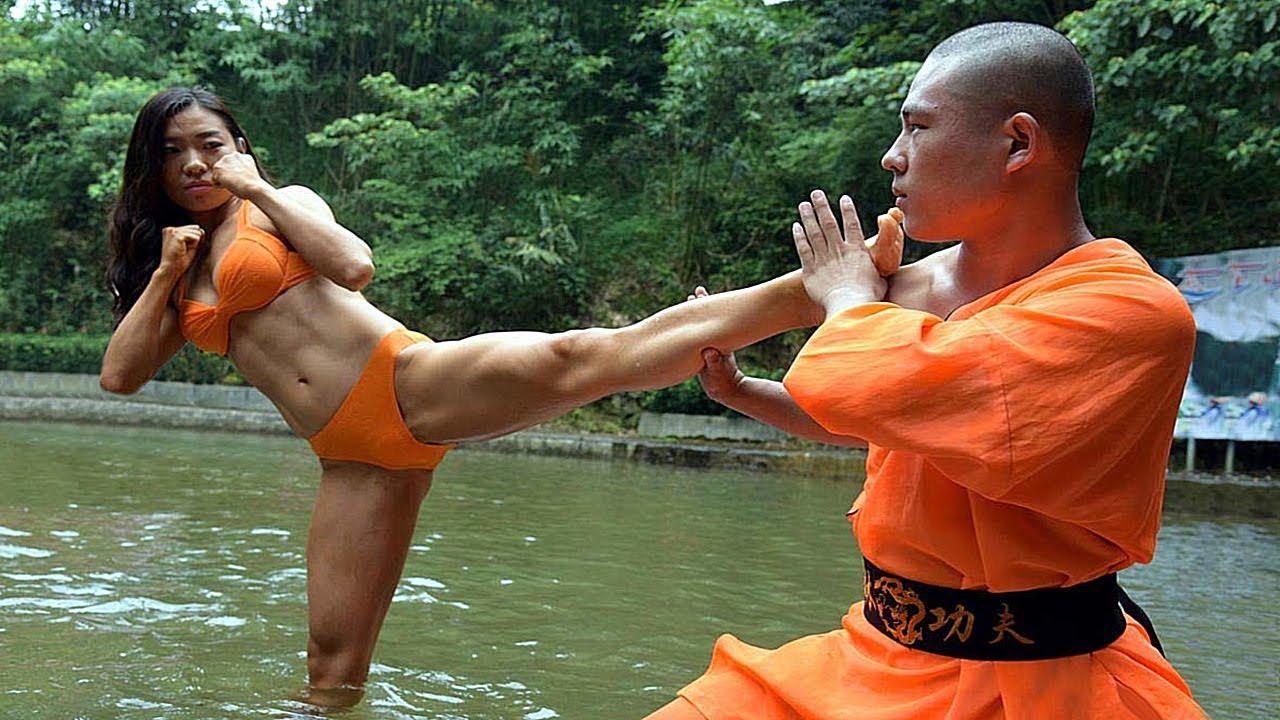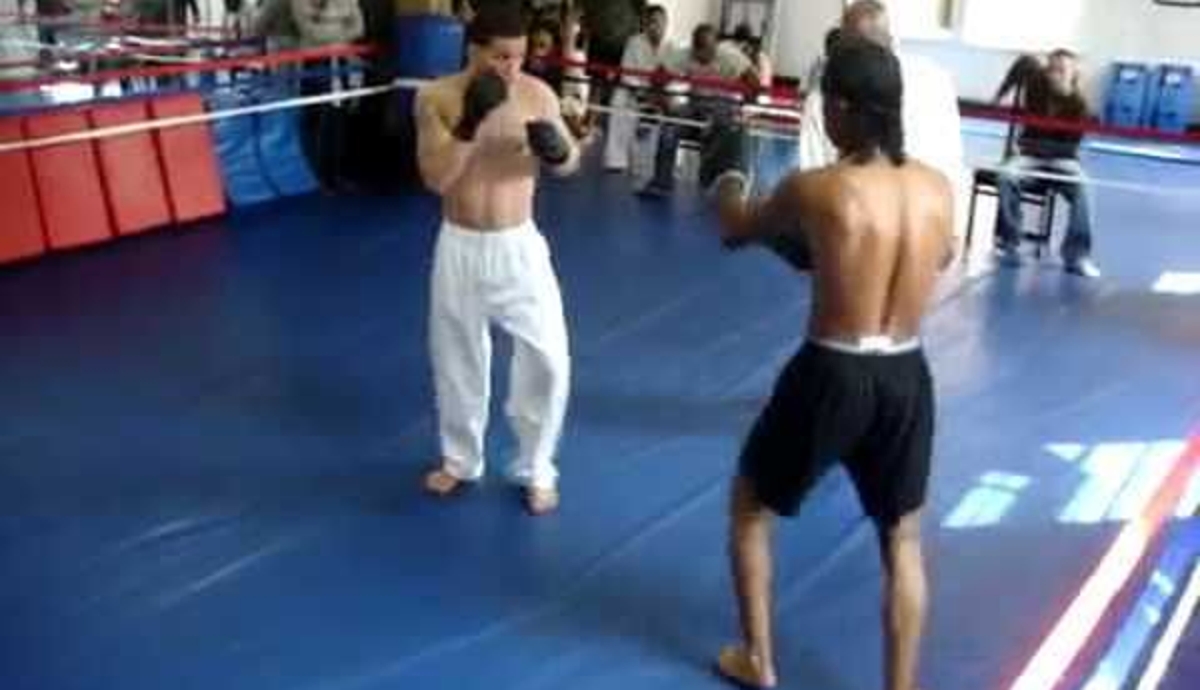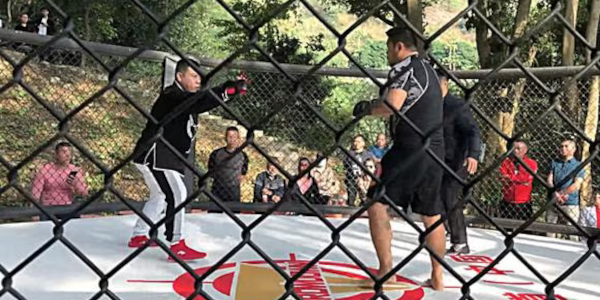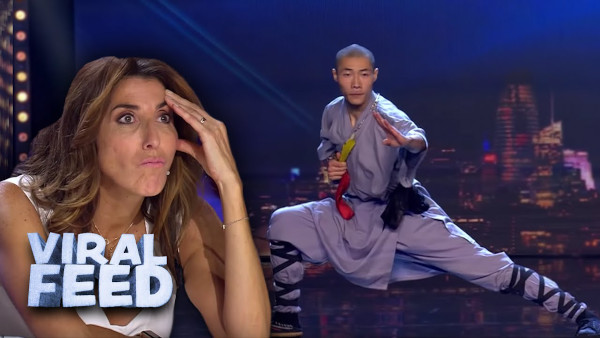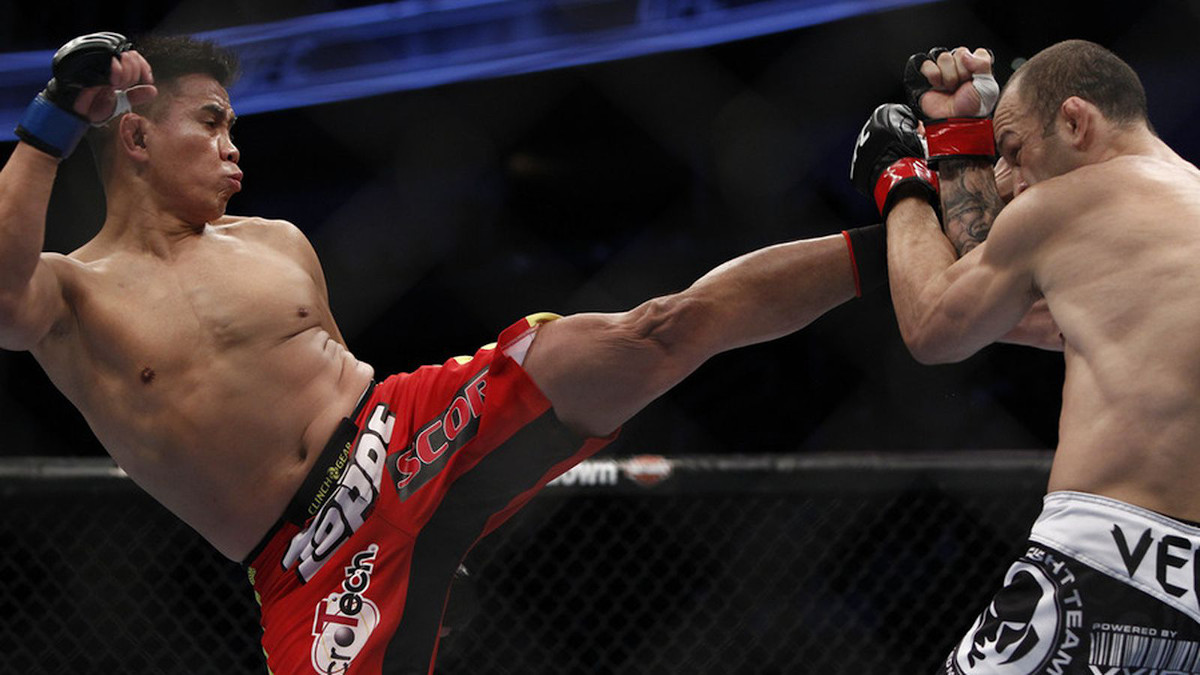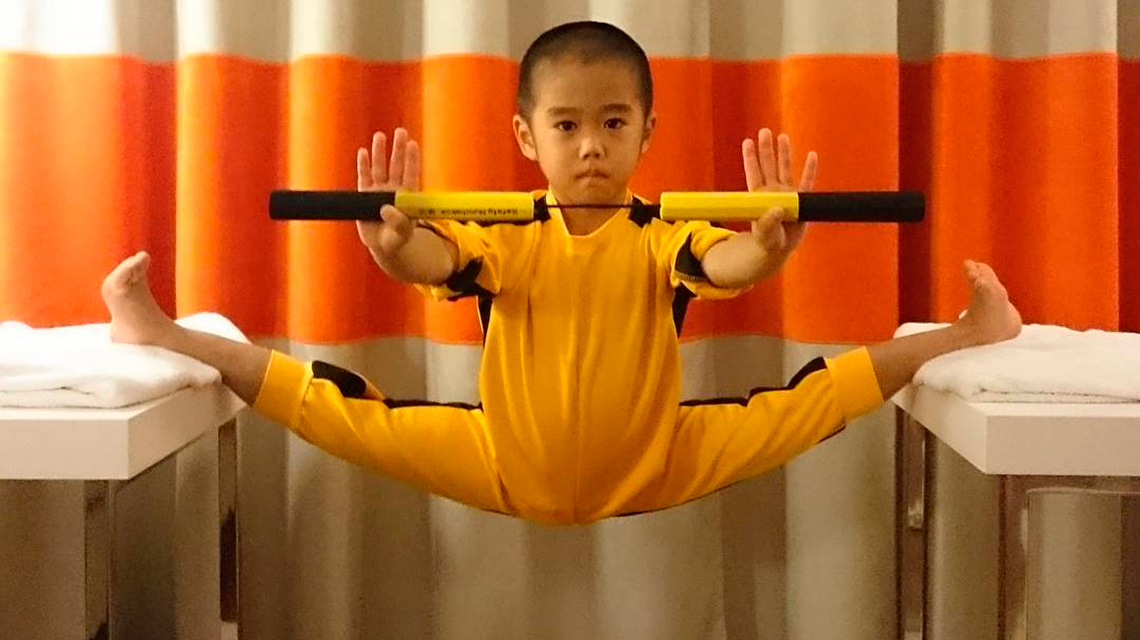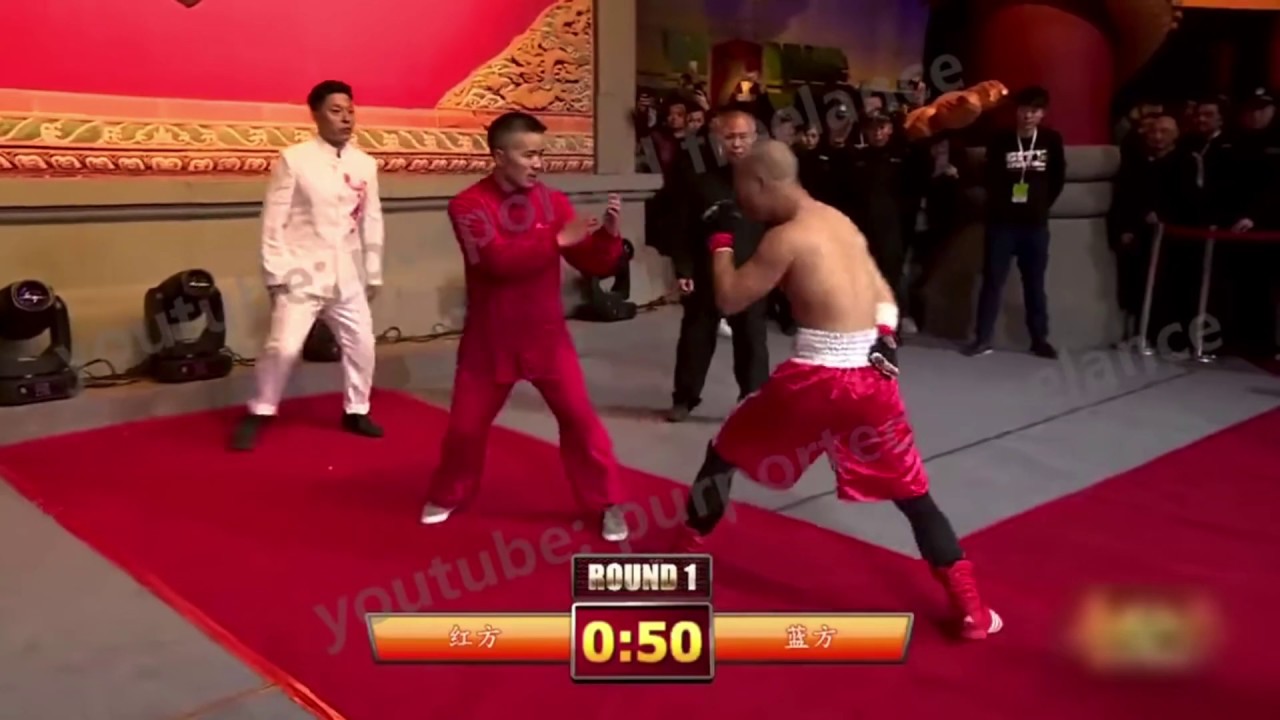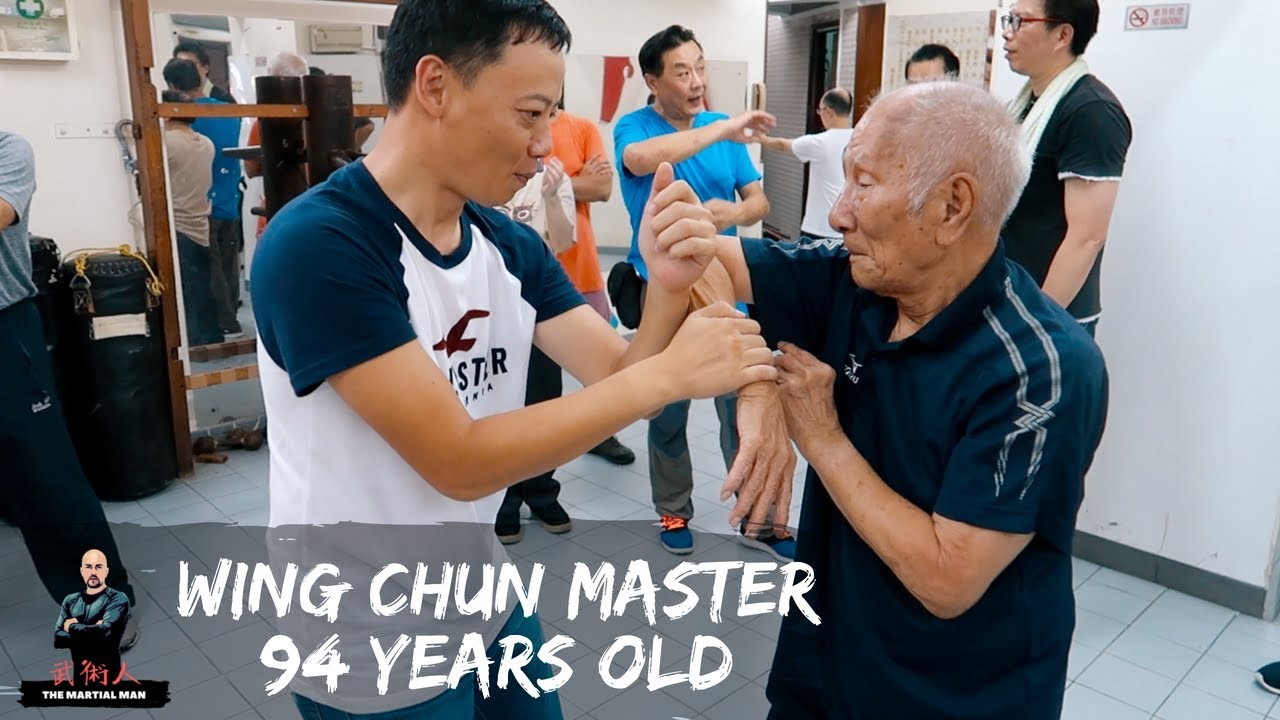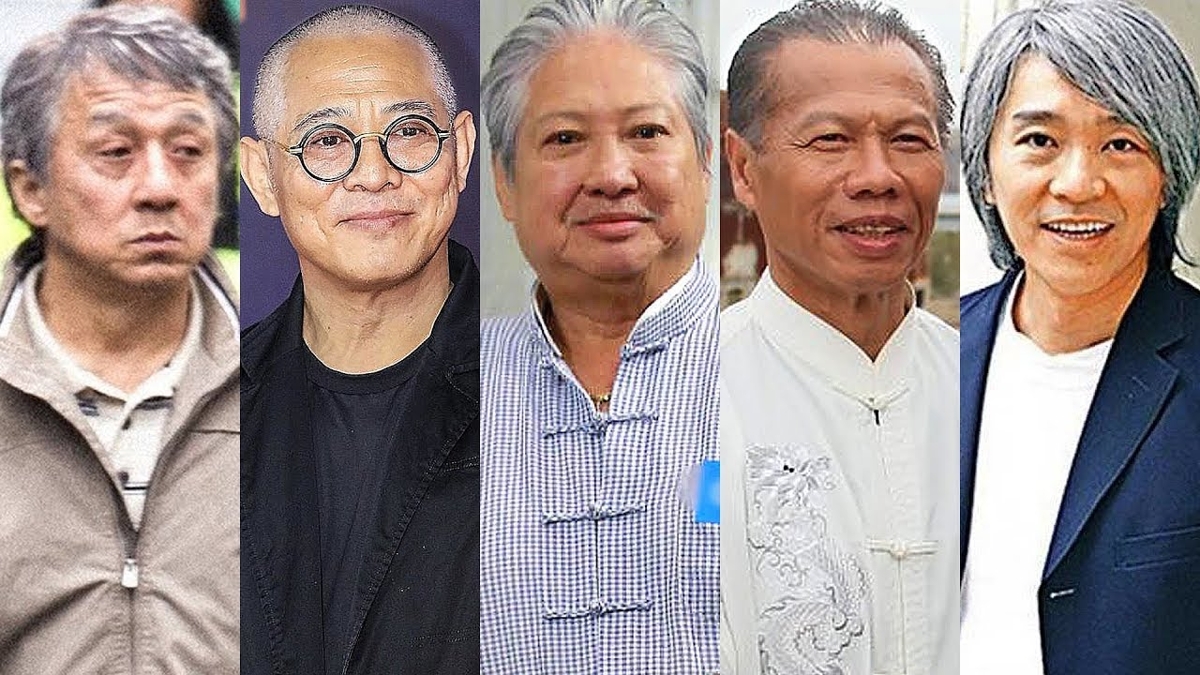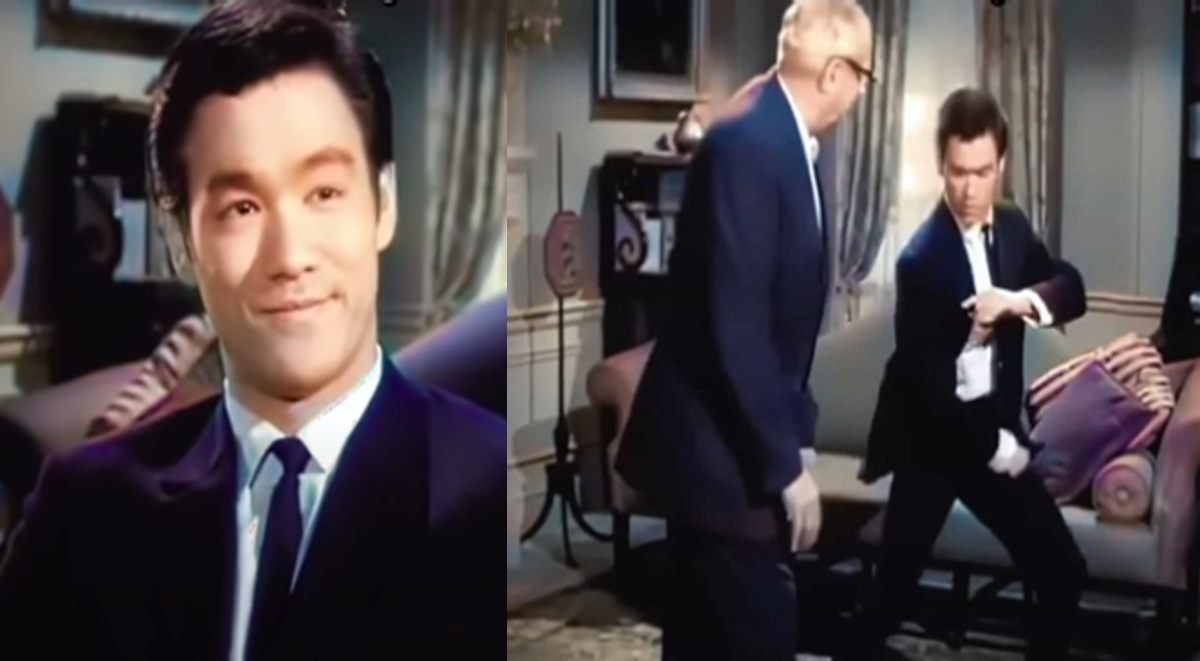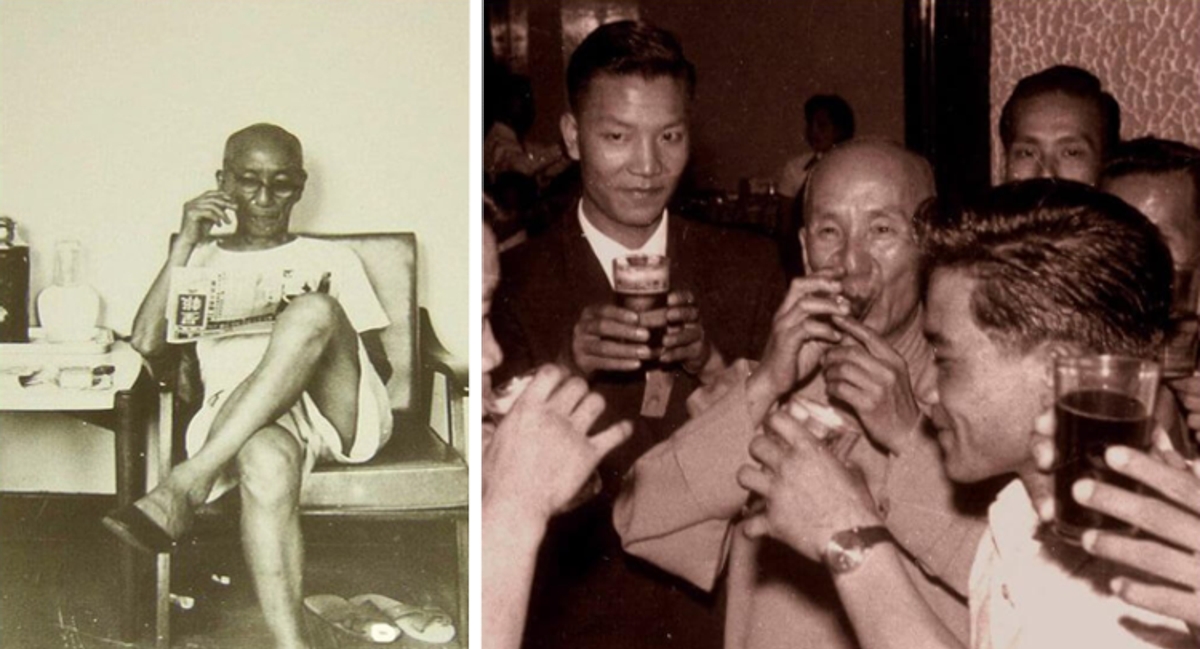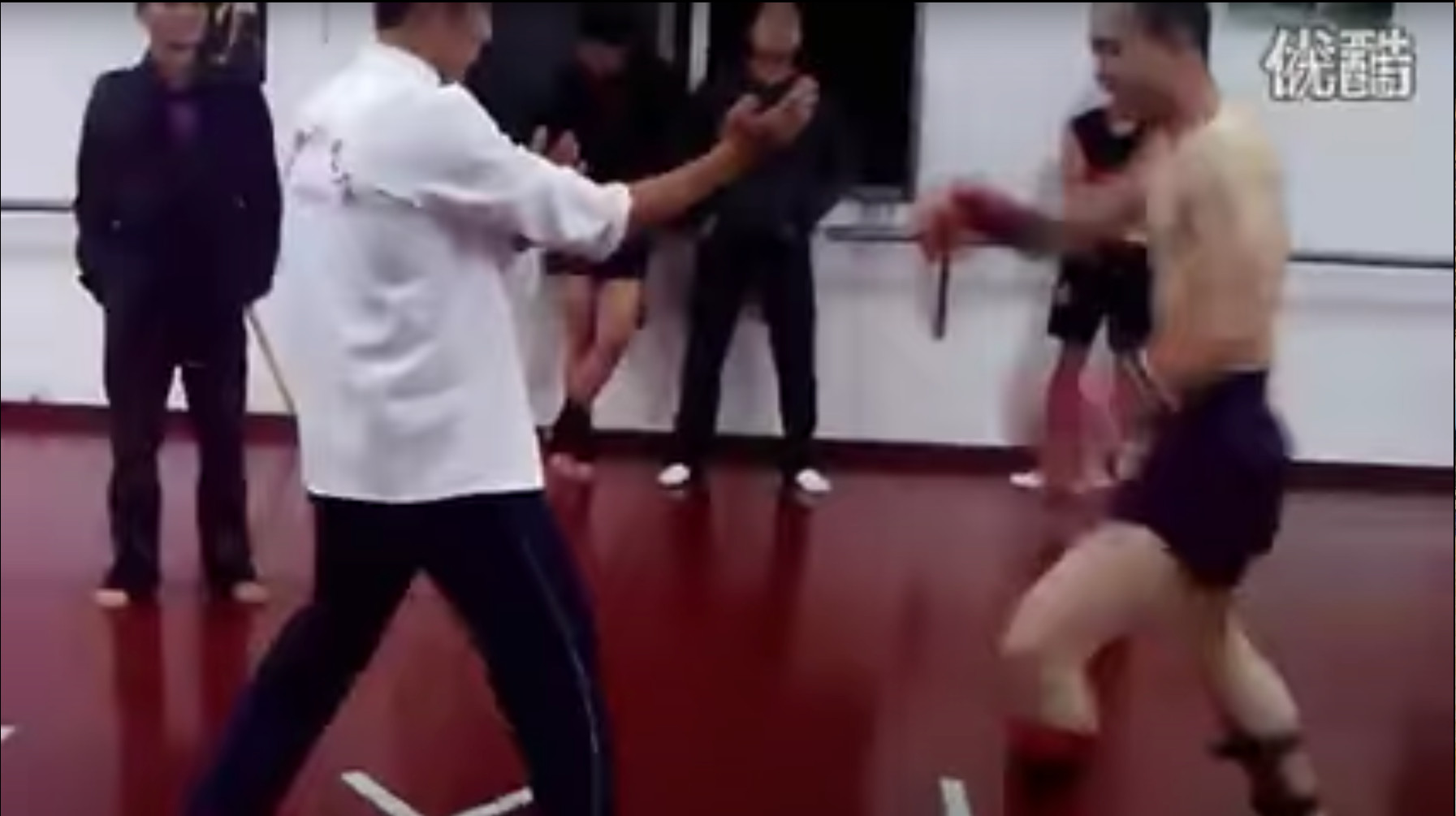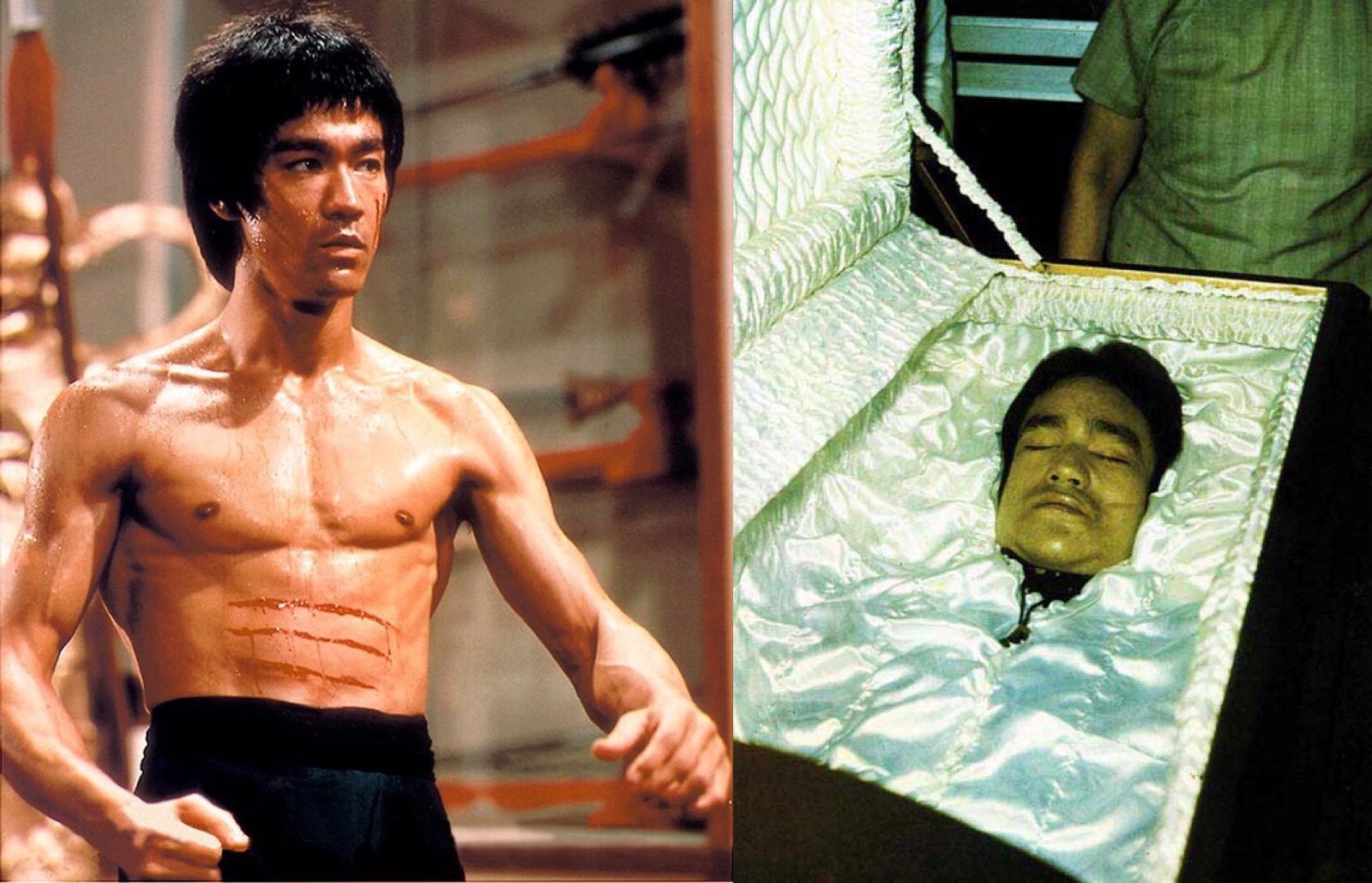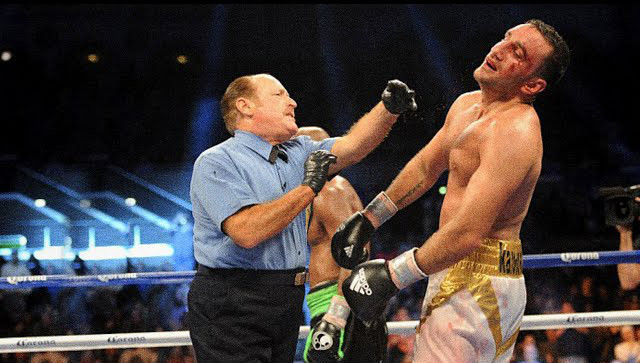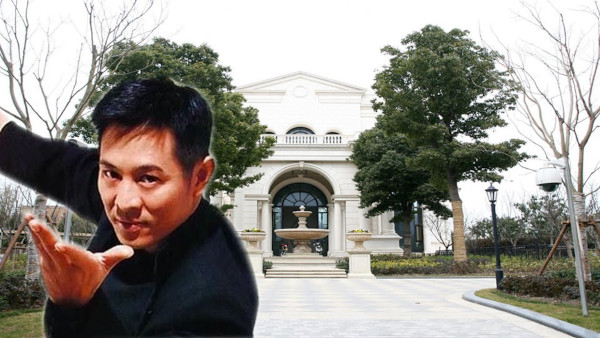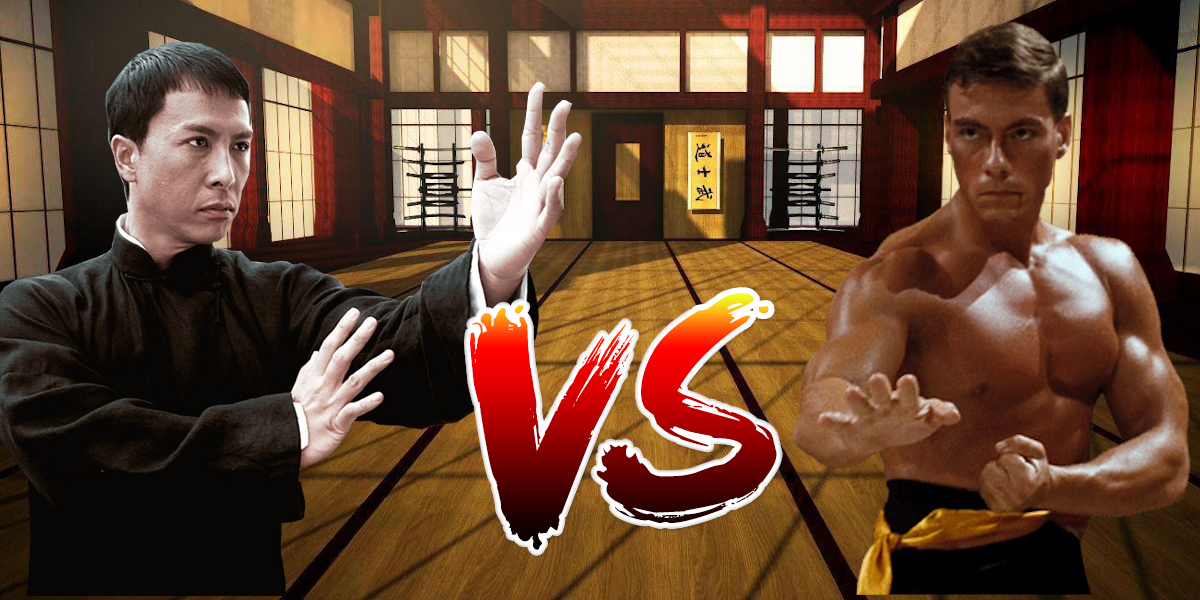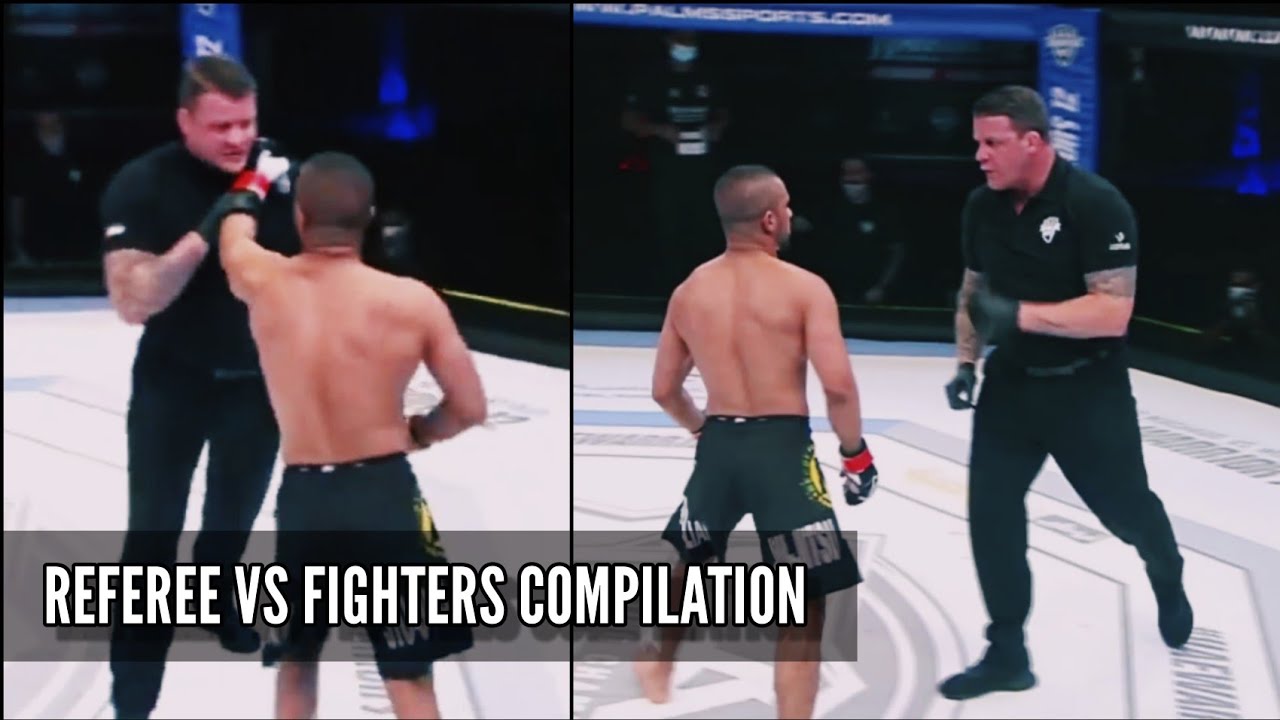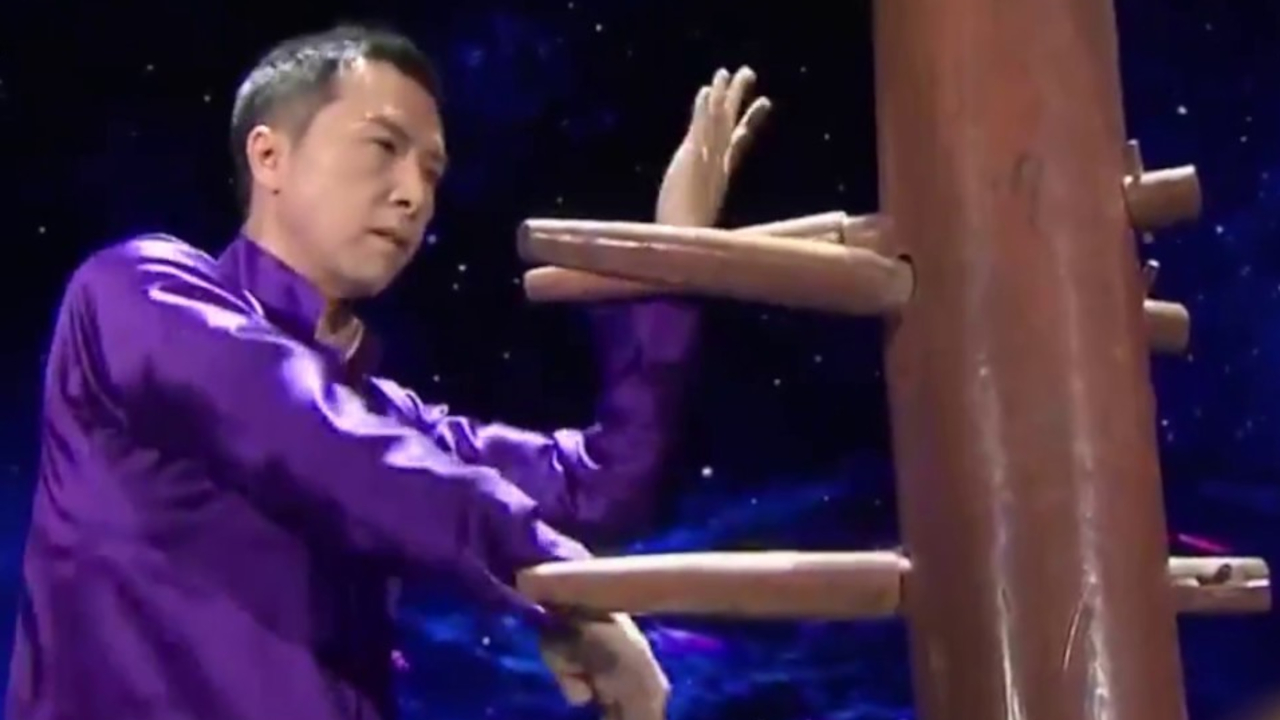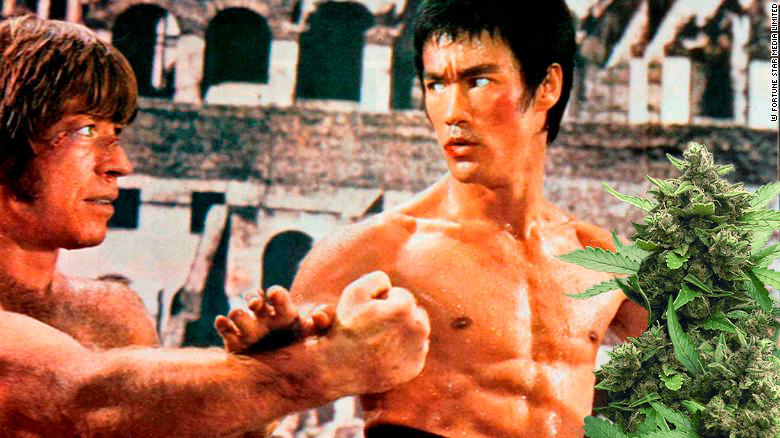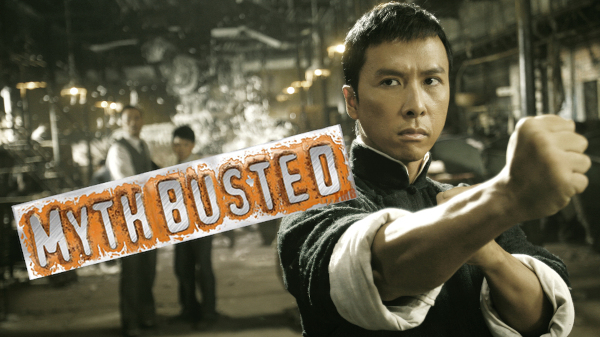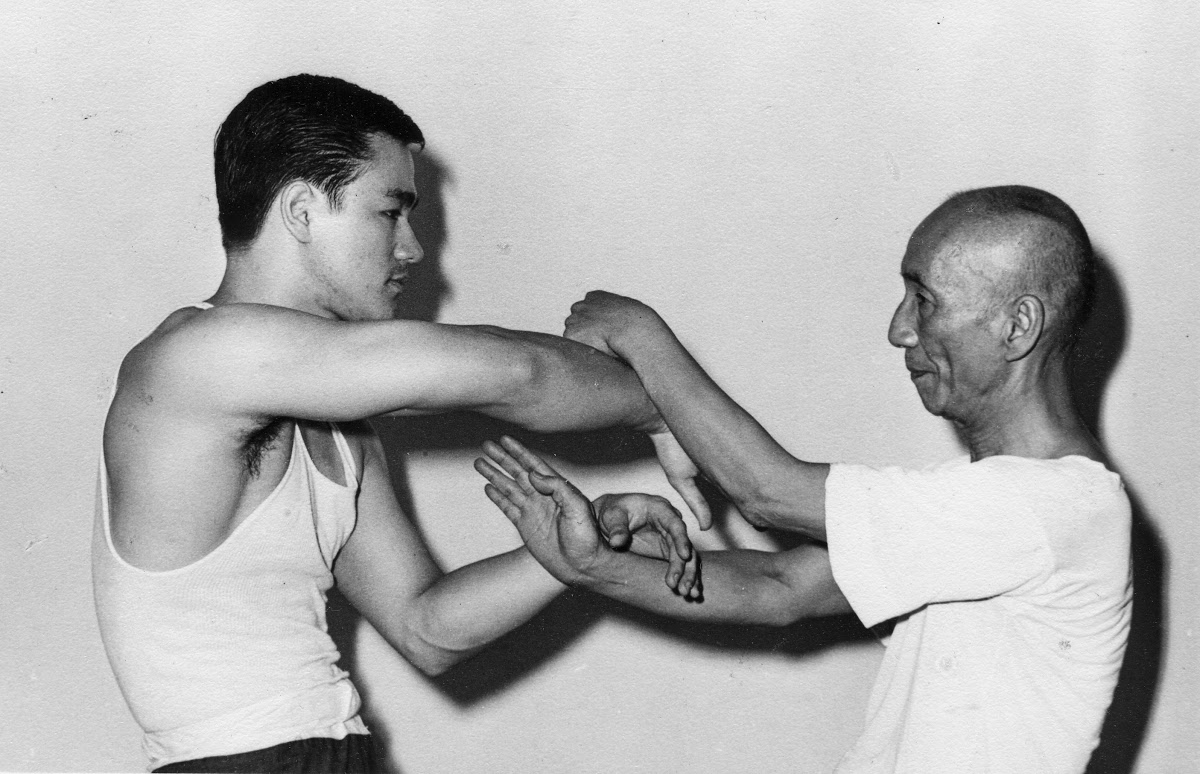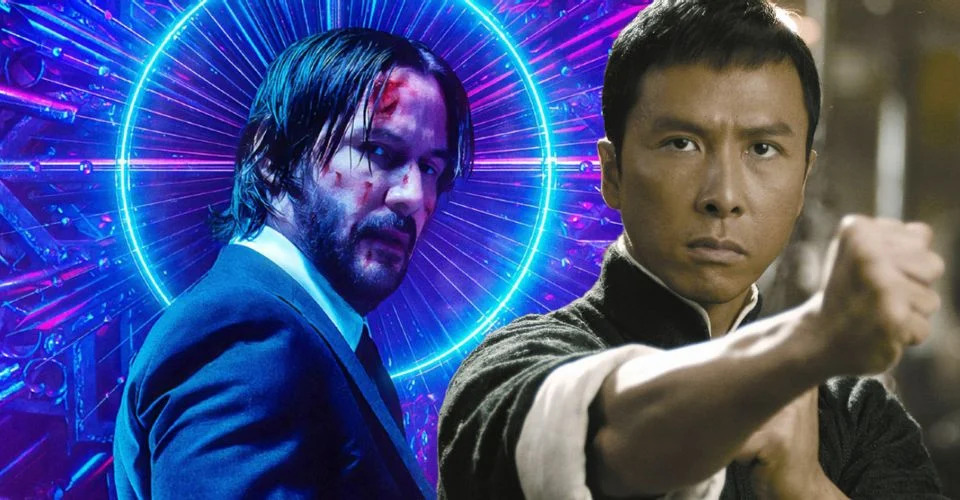Top 7 Wing Chun Real Fights
Reading time: 6 minutes
Wing Chun: A Martial Art for Real-world Combat
Wing Chun, a martial art with roots dating back to the Southern Shaolin Monastery in China, is recognized for its efficiency and practicality in real-world combat situations. Unlike many martial arts that find their primary application in sportive competition, Wing Chun was born out of the need for effective, straightforward defense and counterattack against aggressors.
Its streamlined, simplified techniques emphasize directness and efficiency, minimizing unnecessary or flashy movements. The essence of Wing Chun lies in its simplicity and directness, enabling practitioners to respond quickly and effectively to threats, even when under immense pressure.
One of the most famous proponents of this martial art was Wong Shun Leung, nicknamed "The King of Talking Hands." Wong earned his reputation through his participation in numerous Beimo or "comparison of skills" matches, which were essentially unsanctioned street fights. These brutal and clandestine confrontations provided a testing ground for his skills, away from the regulated environment of a sports competition, and ultimately shaped his practical, pragmatic approach to Wing Chun.
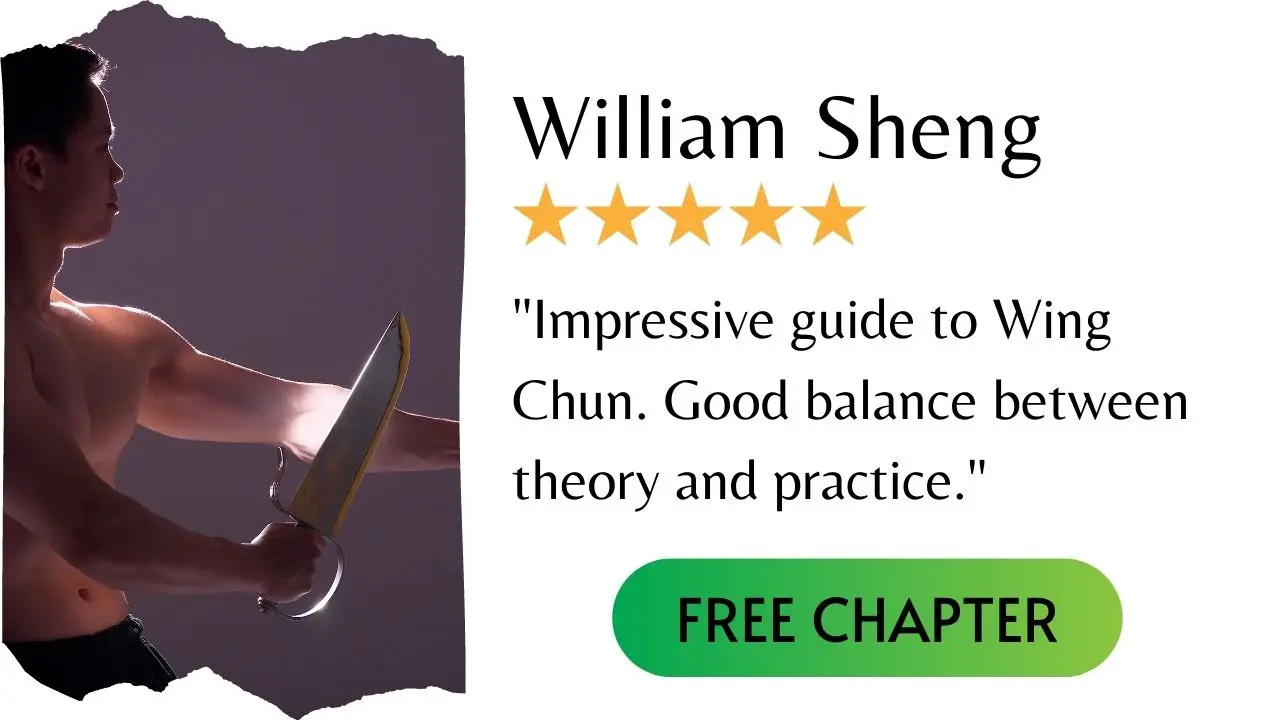
Wong Shun Leung's approach to Wing Chun was rooted in his combat experiences. He focused on real-world applicability, dismissing techniques that were ineffective in a street fight. His method emphasized directness, simplicity, and practicality, the three pillars of Wing Chun. His belief was that a technique's worth was determined by its effectiveness in a real-world confrontation, not by how it looked or how complex it was.
Wong's Wing Chun strategy centered on the principles of interception and simultaneity. He believed in meeting an incoming attack with a counterattack, intercepting the opponent's movement before it could fully develop. His strategy was not purely defensive but also offensive; instead of just blocking, he would deflect and strike simultaneously. This approach required excellent timing, speed, and precision, attributes that Wong continually honed throughout his many street fights.
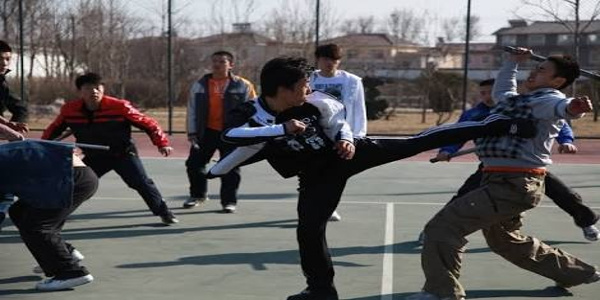
The Chi Sao (sticking hands) drills are a crucial part of Wing Chun training, designed to develop sensitivity, reflexes, timing, and structure. These drills allow practitioners to respond instinctively to changes in their opponents' movements and pressure. Wong Shun Leung was a master of this practice, earning him the moniker "The King of Talking Hands". His hands, it was said, could 'listen' to his opponents' intentions before they fully committed to their actions.
Wong's style of Wing Chun also put a significant emphasis on footwork and positioning. He believed in maintaining a superior position at all times, using footwork to manage distance and angle effectively. This approach allowed him to both evade and launch attacks efficiently.
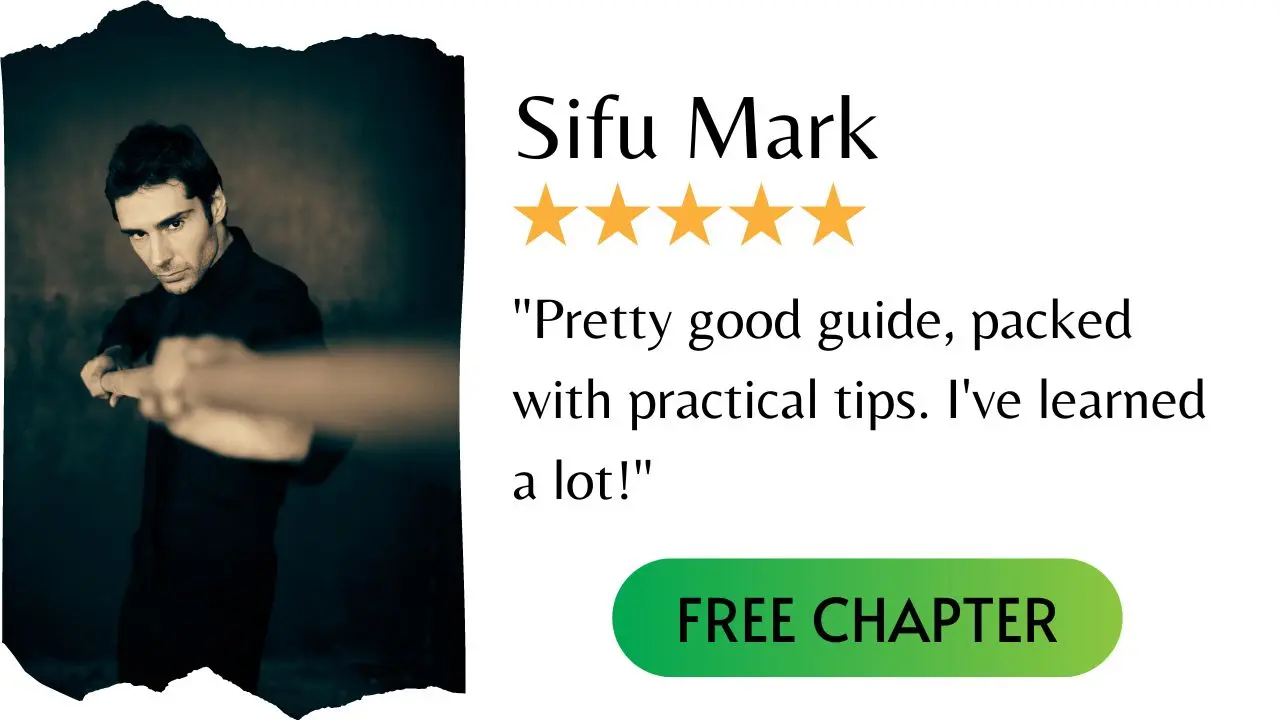
The practicality of Wing Chun, as demonstrated by Wong Shun Leung, is evident in its continued popularity among law enforcement and military personnel. It is a system designed for real combat situations, focusing on direct, efficient, and practical techniques that can neutralize threats quickly.
Wong Shun Leung's experience in Beimo or illegal street fights heavily influenced his interpretation of Wing Chun. His practical approach, focusing on effectiveness and applicability, has had a profound impact on the martial art. This fact is a testament to Wing Chun's adaptability and its potential efficacy in real-world combat scenarios, beyond the sports arena.
Despite the evolution of martial arts and the advent of modern mixed martial arts (MMA), the principles of Wing Chun, as taught by Wong Shun Leung, remain relevant. It is not about learning complicated techniques but understanding and applying simple principles effectively.
In conclusion, Wing Chun, with its emphasis on simplicity, directness, and practicality, is a martial art well-suited for real-world combat. The legacy of Wong Shun Leung, "The King of Talking Hands," serves as a reminder that the
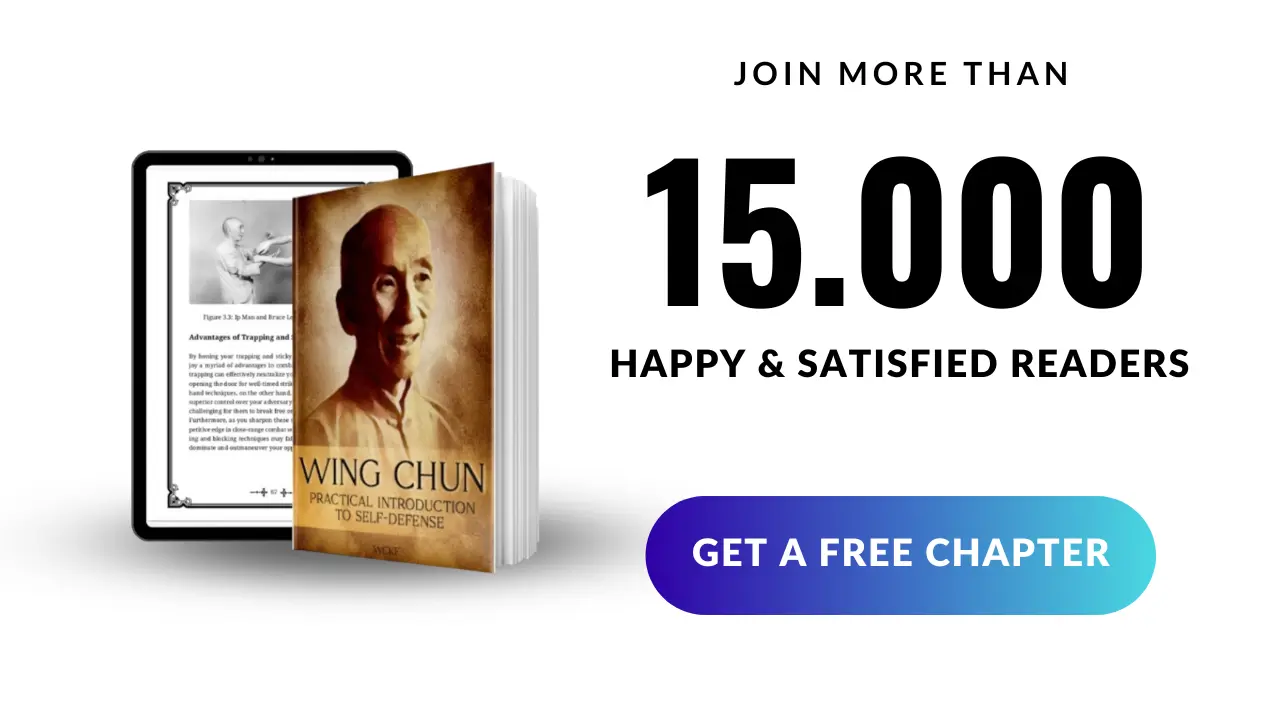
value of a martial art lies not in its complexity or aesthetics, but in its practical applicability and effectiveness in real-world situations.
Wong's emphasis on positioning, simultaneous defense and offense, and the ability to 'listen' through contact are critical components of Wing Chun. These elements contribute to the system's adaptability to various combat situations. For instance, a practitioner may find themselves in a confined space, with little room for broad, sweeping movements. Here, Wing Chun's compact techniques and emphasis on centerline control become invaluable.
Wong Shun Leung's interpretation of Wing Chun also highlighted the importance of mental preparation and strategy. He believed that physical skill alone was not enough. Understanding the opponent's intentions, predicting their actions, and maintaining calmness under pressure were all essential components of effective combat.
The concept of 'talking hands' goes beyond mere physical contact. It refers to the communication between opponents during combat, where subtle shifts in pressure, direction, and speed reveal intentions and strategy. Mastering this 'language' allows the practitioner to 'read' their opponent and respond accurately and swiftly.
Wong's contribution to Wing Chun is invaluable, with his philosophy and methods widely adopted by many practitioners worldwide. His teachings remind us that martial arts are not merely about fighting, but also about understanding the principles underlying the techniques. The techniques are but tools; the true essence of martial arts lies in the practitioner's ability to apply these principles in different contexts, adapting to the ever-changing dynamics of real combat.
In the modern context, Wing Chun, as influenced by Wong Shun Leung, can serve as a powerful tool for self-defense. As urban environments become increasingly complex and unpredictable, the need for practical, adaptable self-defense techniques is more critical than ever. Wing Chun, with its emphasis on efficiency, directness, and adaptability, is exceptionally suited to these requirements.
The legacy of Wong Shun Leung, the "King of Talking Hands," continues to influence Wing Chun practitioners and martial artists worldwide. His lessons, drawn from the brutal proving grounds of Beimo fights, serve as a reminder of the martial art's practical origins and its ultimate purpose: to effectively protect oneself in the face of real-world threats.
In summary, Wing Chun is a martial art grounded in practicality and directness, making it a potent tool for real-world combat. As exemplified by Wong Shun Leung, this is not a martial art for show or sport, but a discipline rooted in the realities of combat, tested and proven in the unforgiving environment of the streets.

Thank you. Your comment will be approved shortly.
Comments
Thank you. Your comment will be approved shortly.
Thank you. Your comment will be approved shortly.
Thank you. Your comment will be approved shortly.
Thank you. Your comment will be approved shortly.
Thank you. Your comment will be approved shortly.
Thank you. Your comment will be approved shortly.

